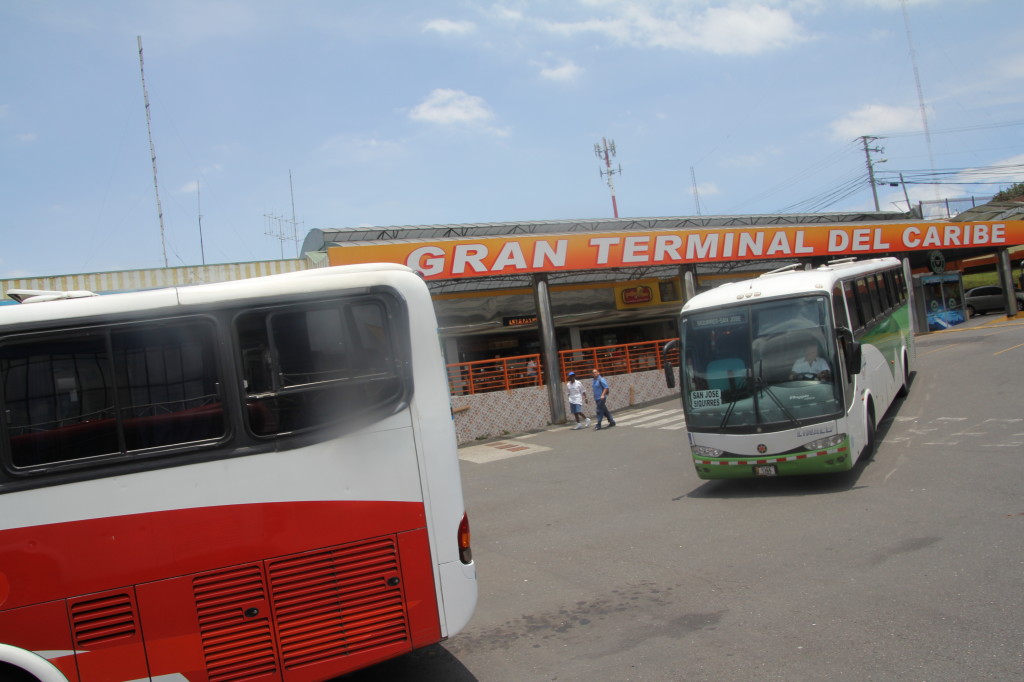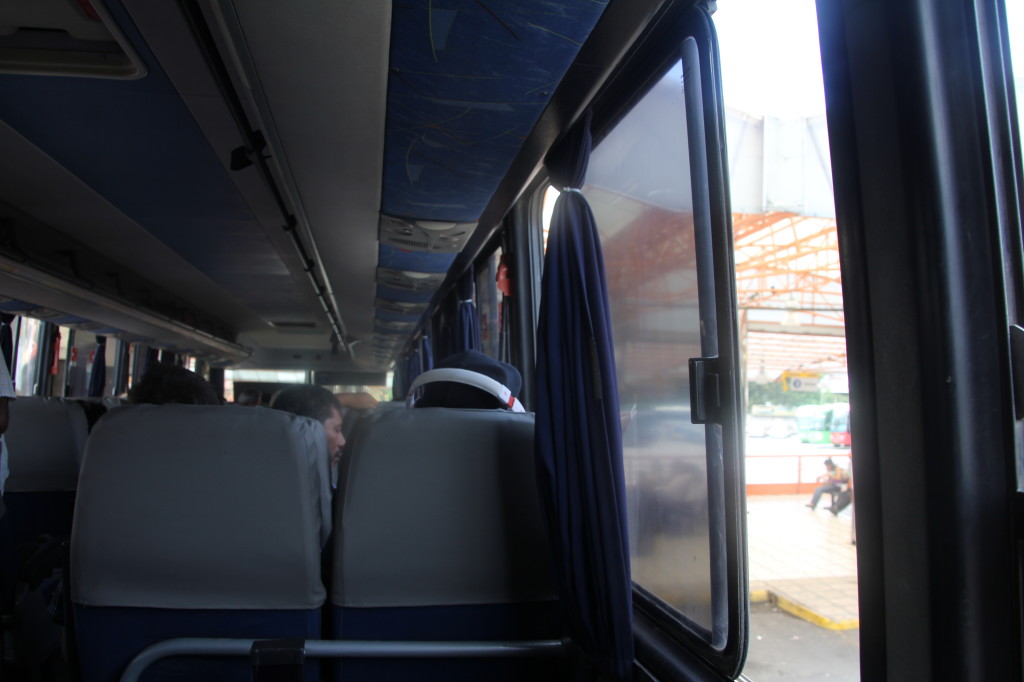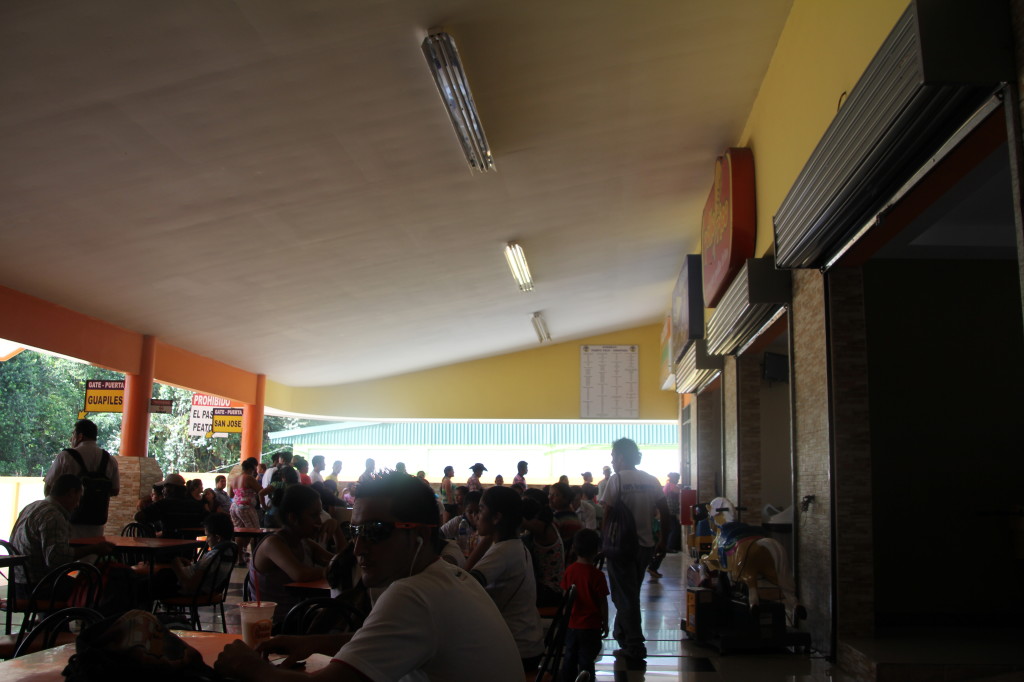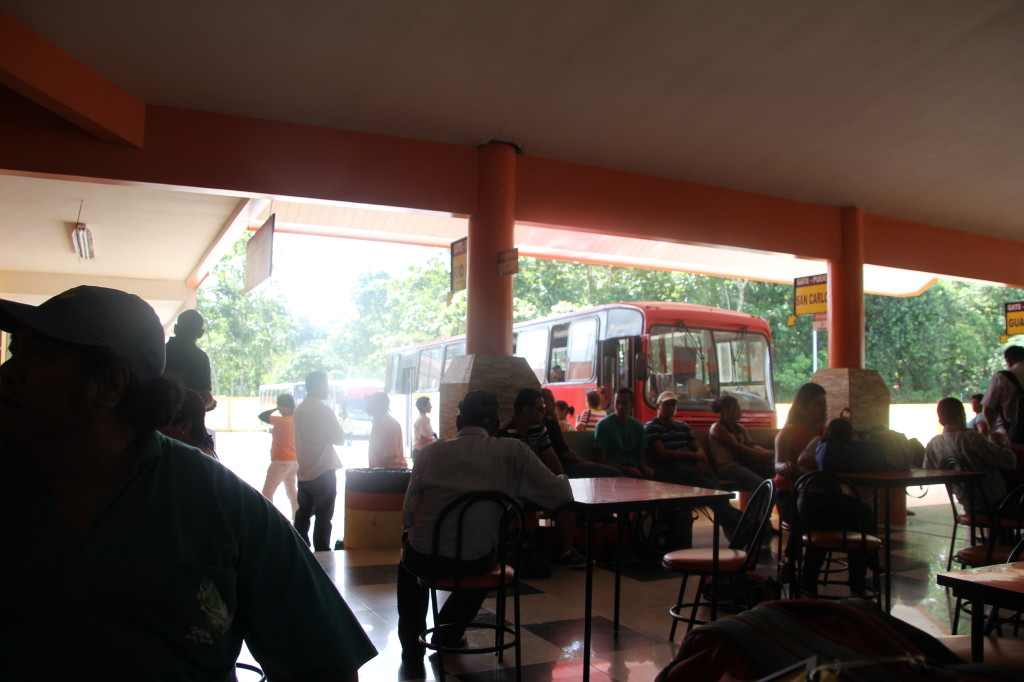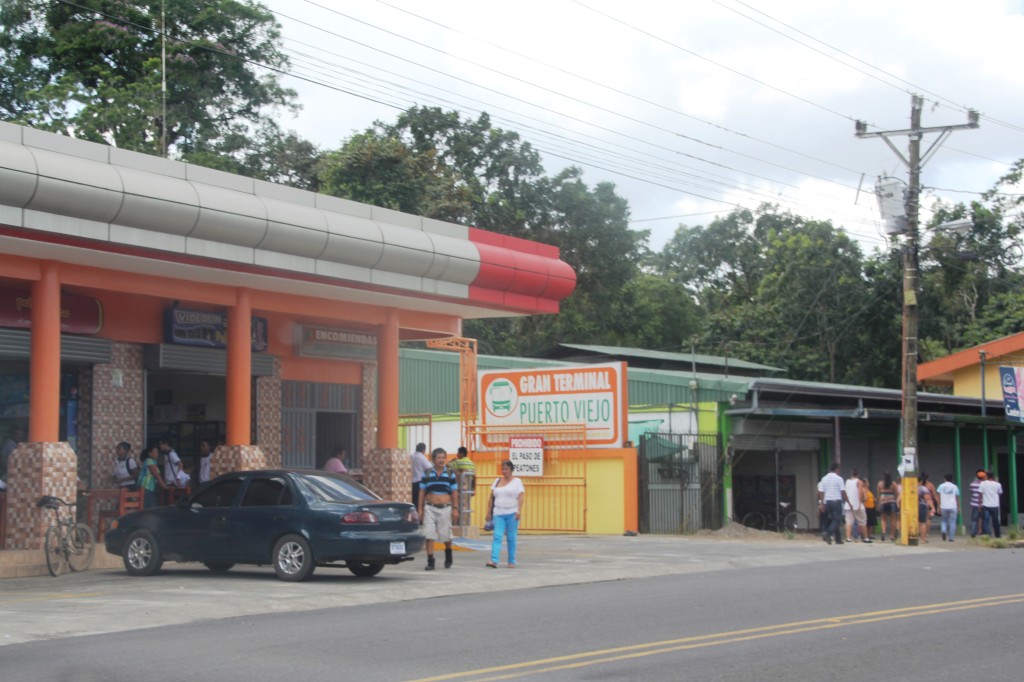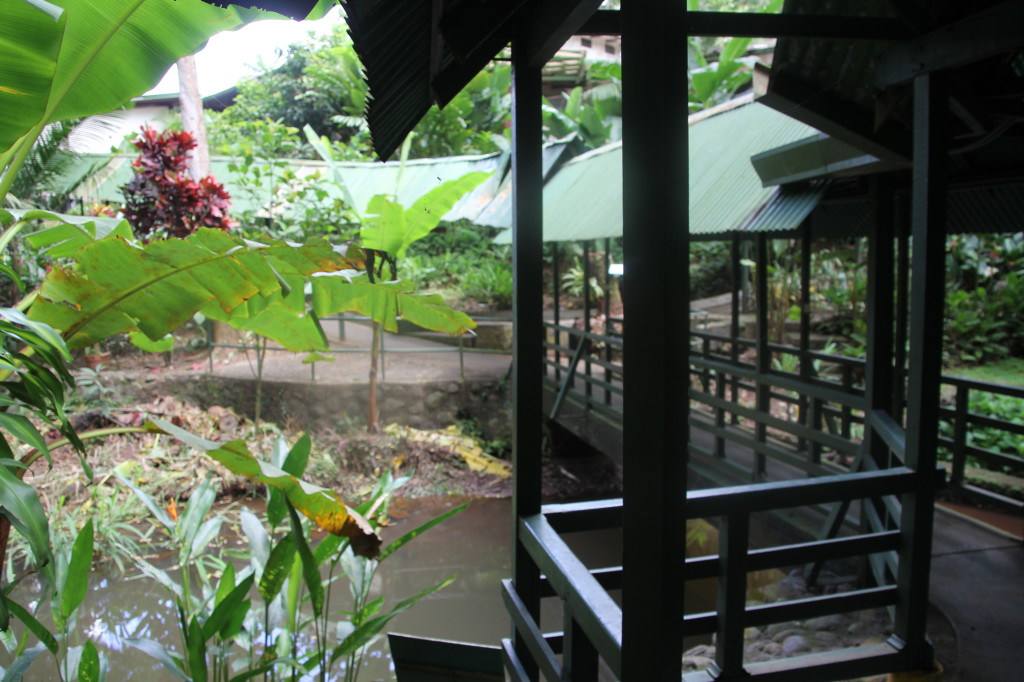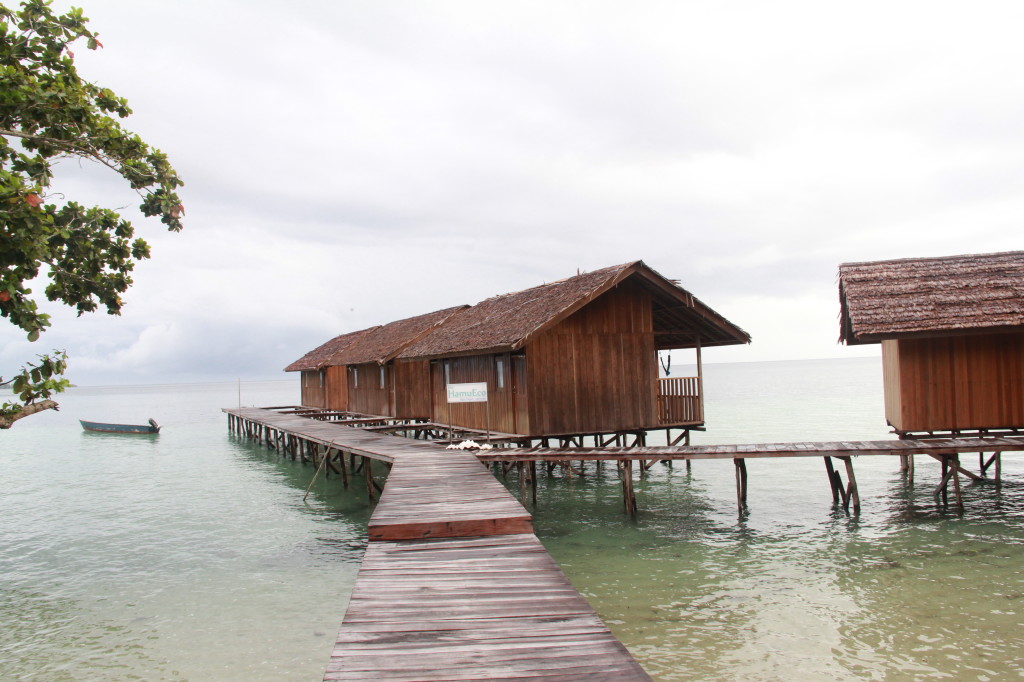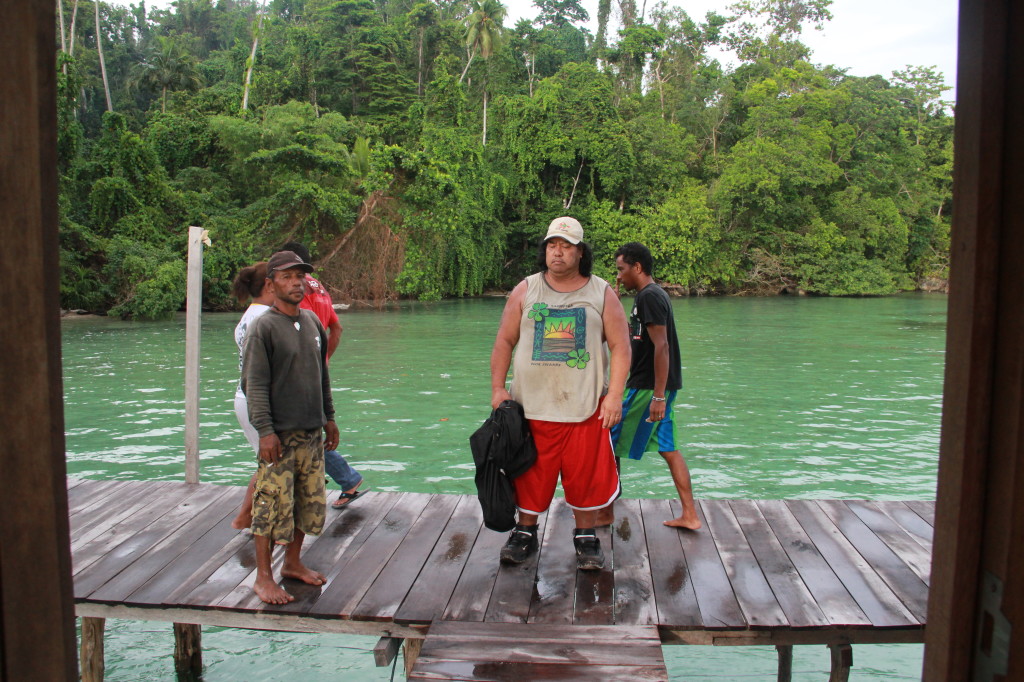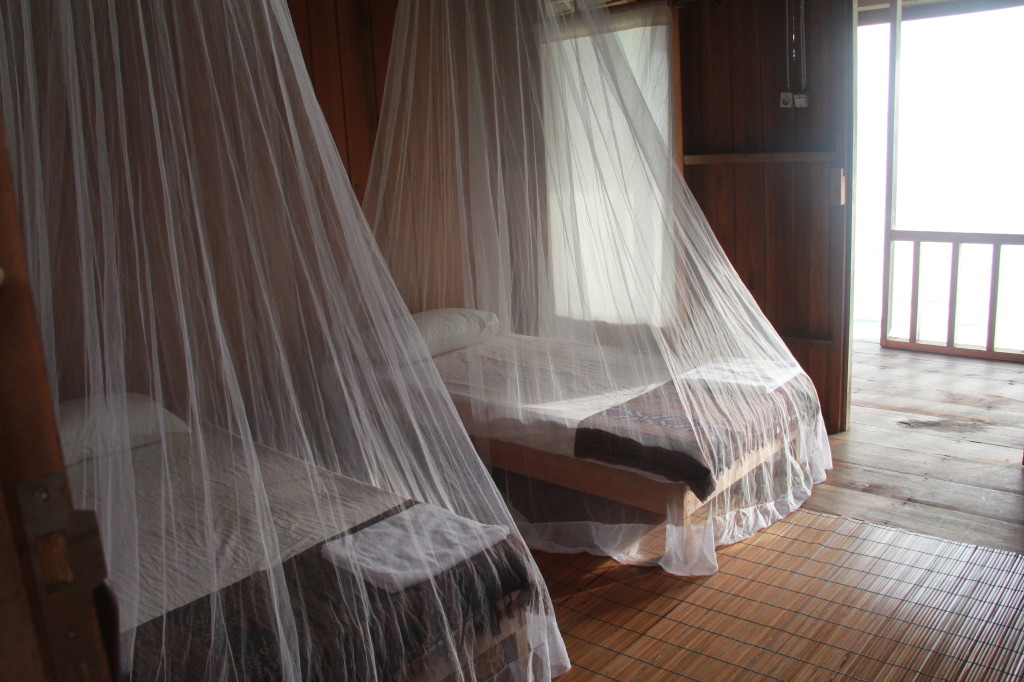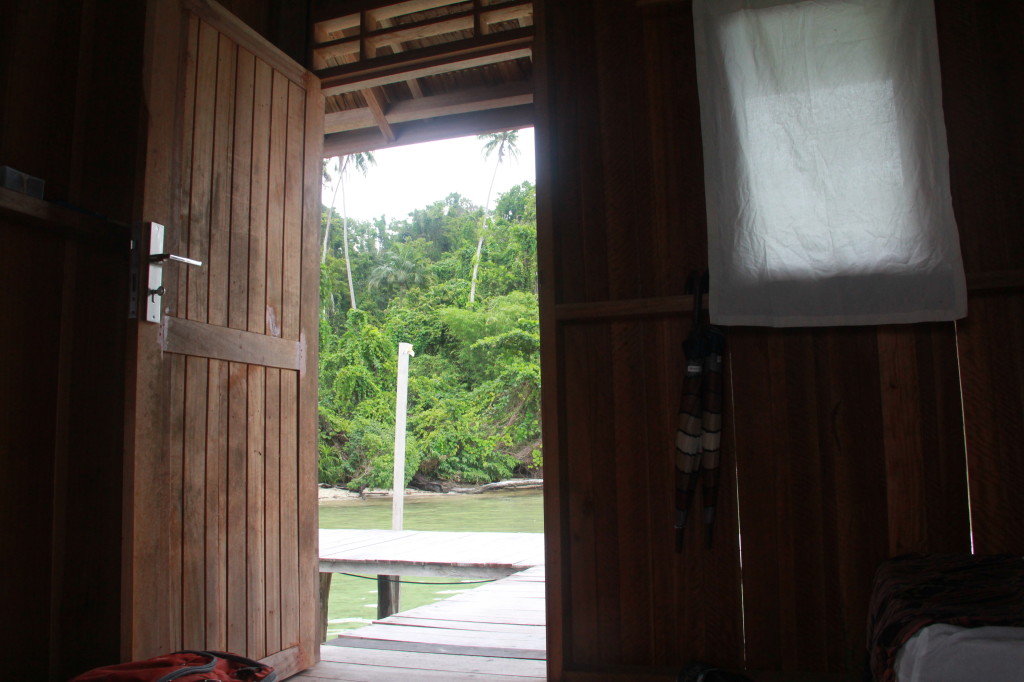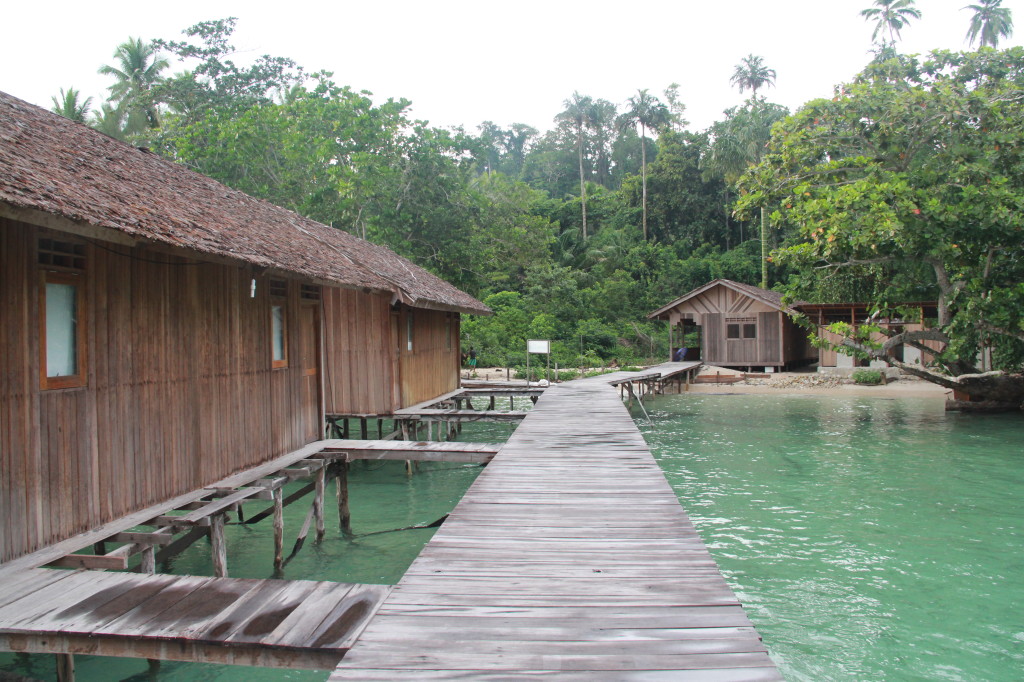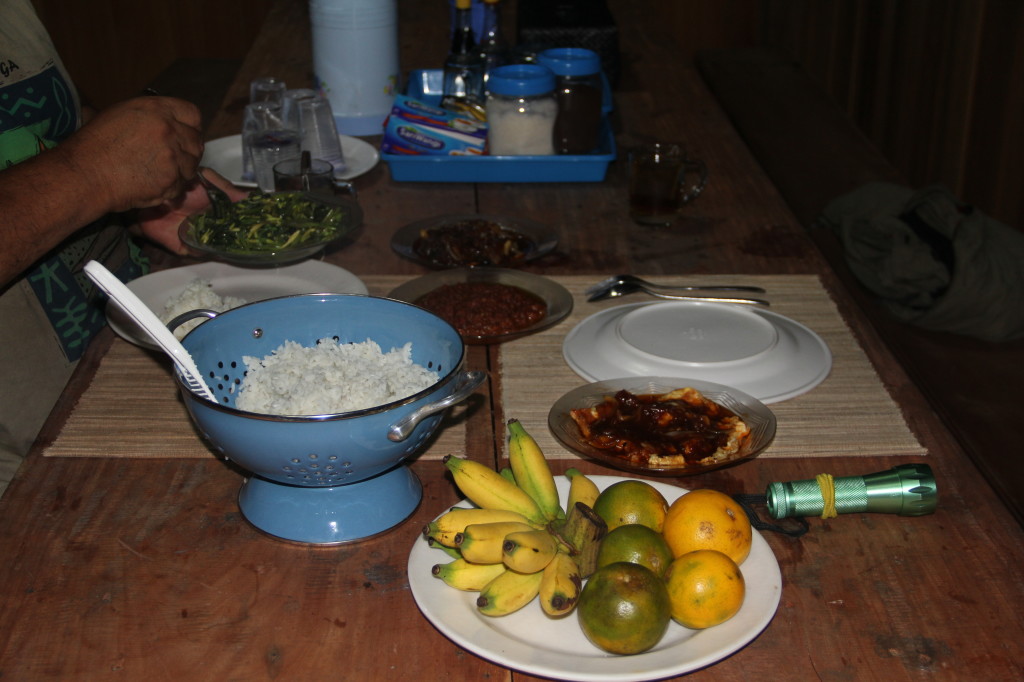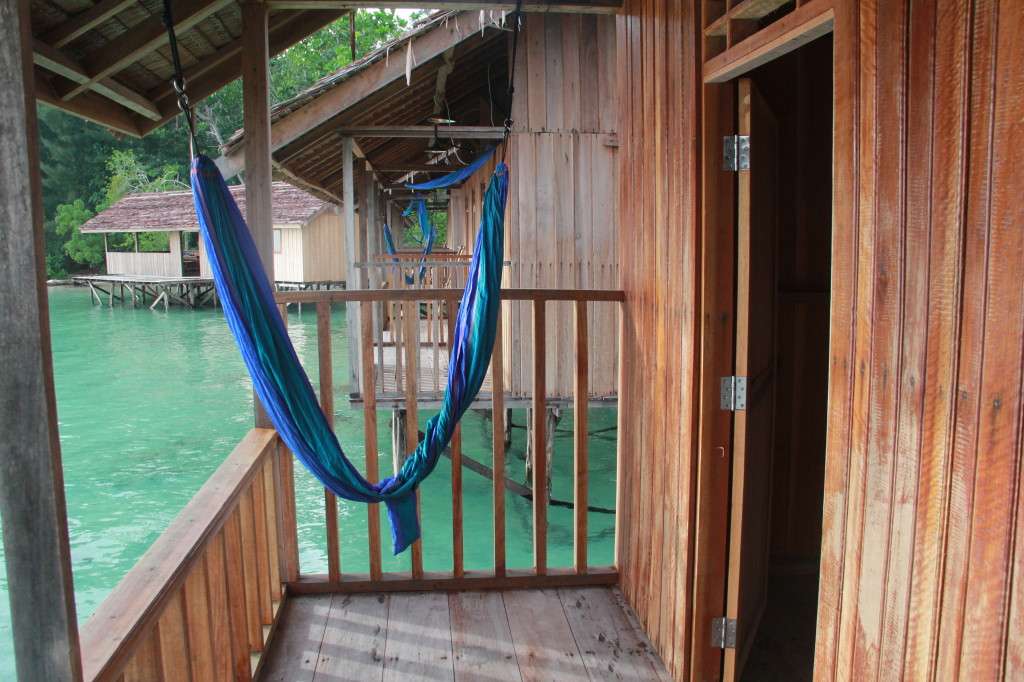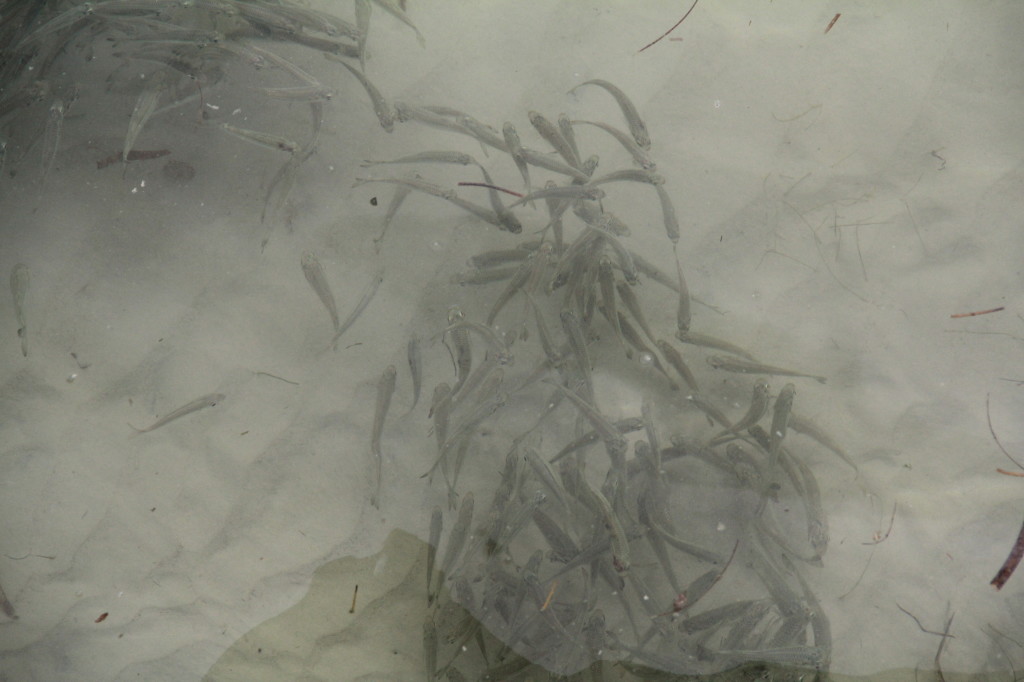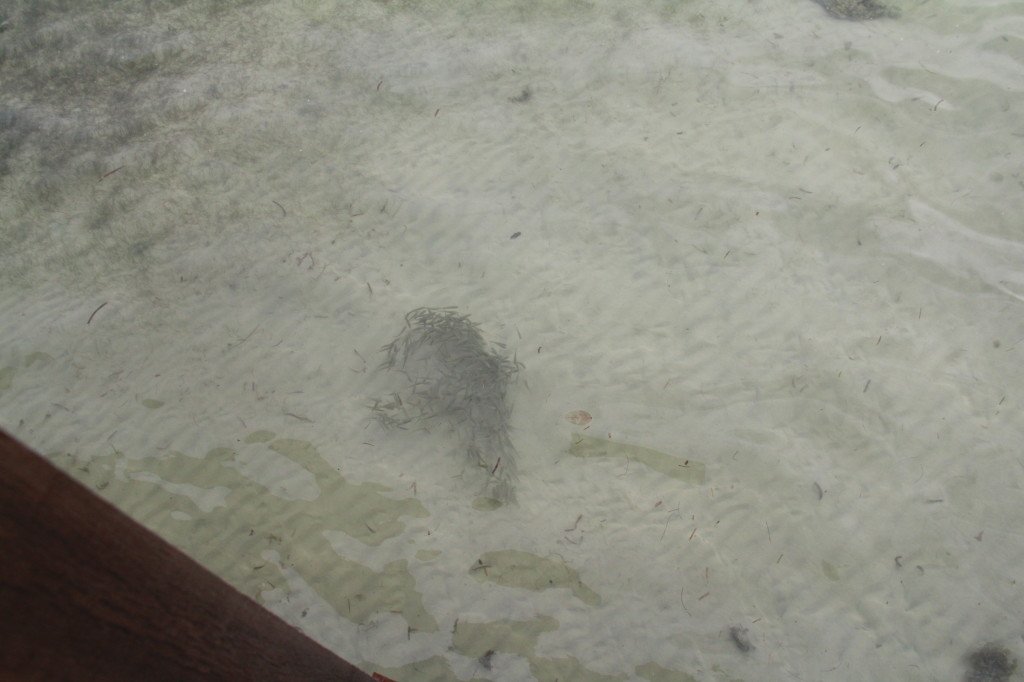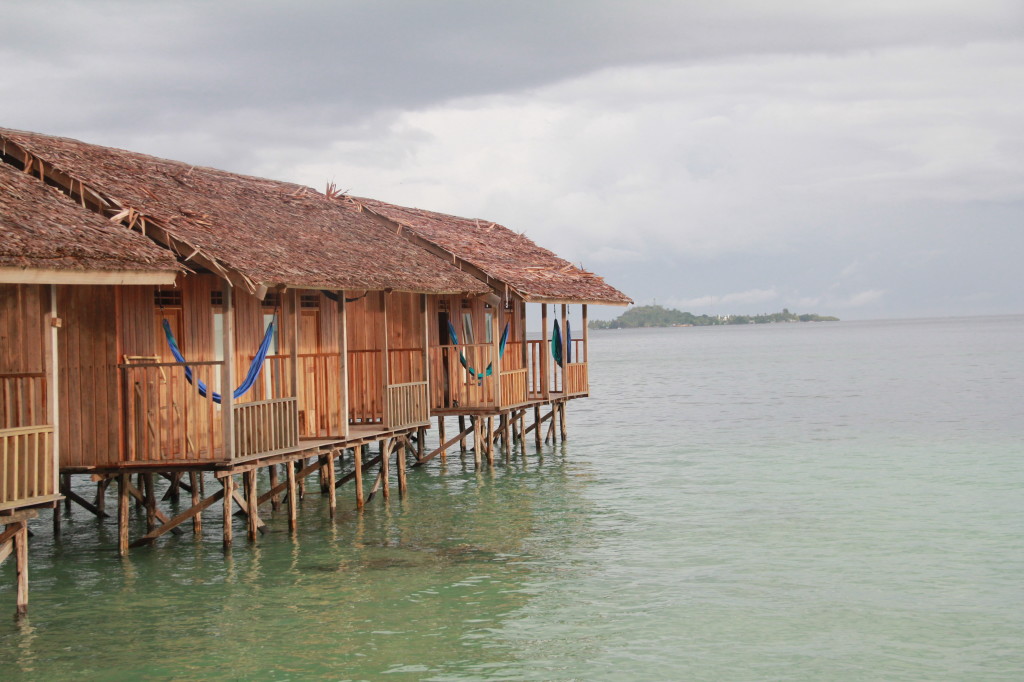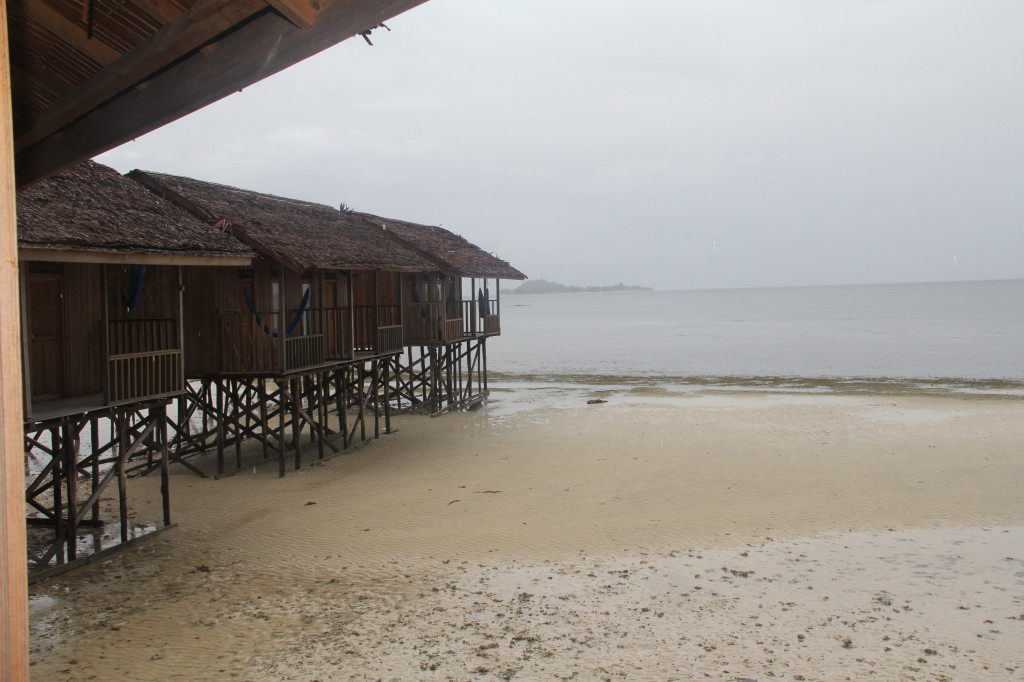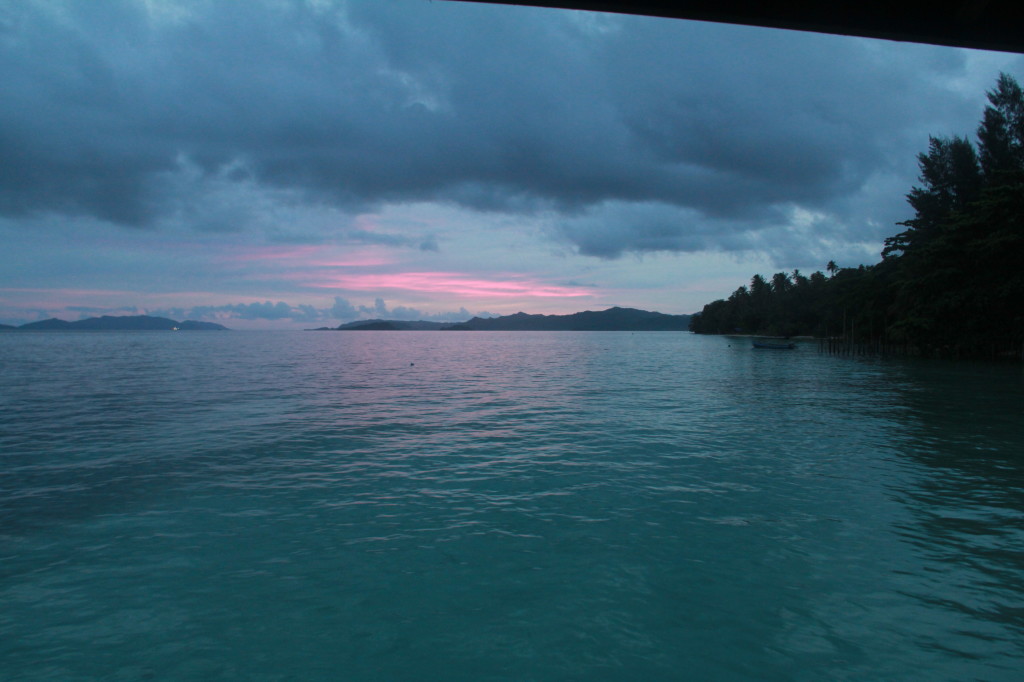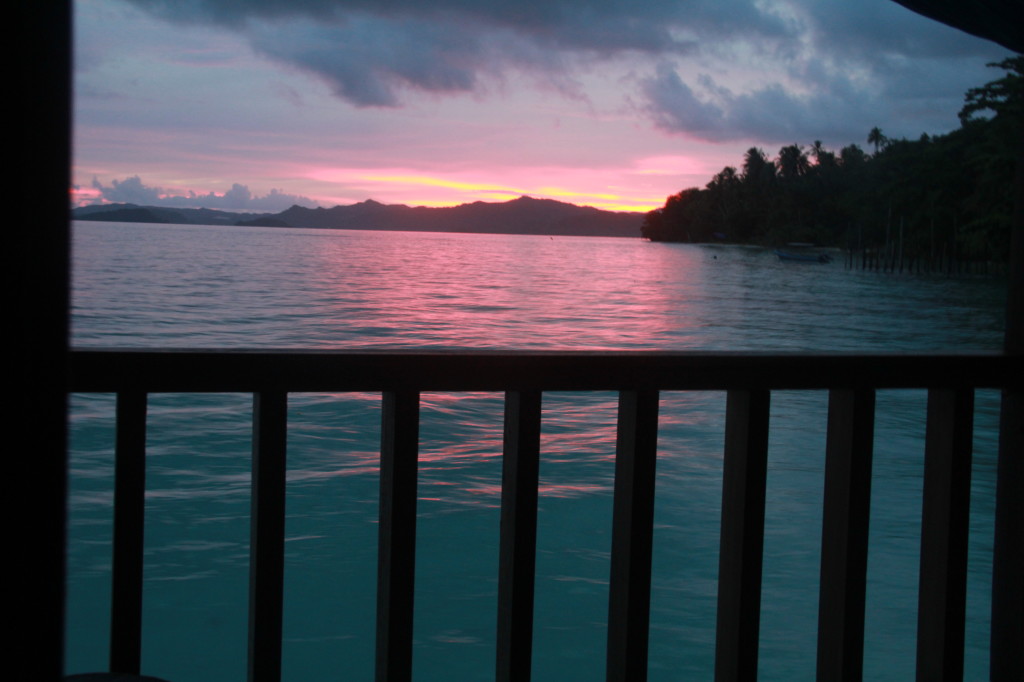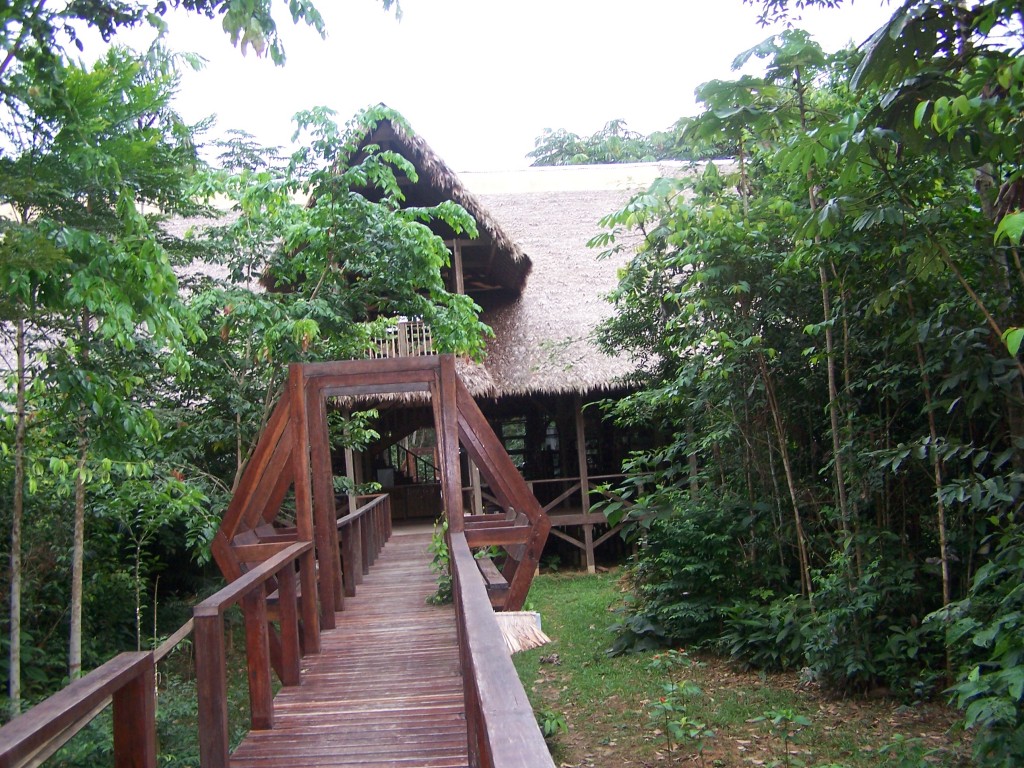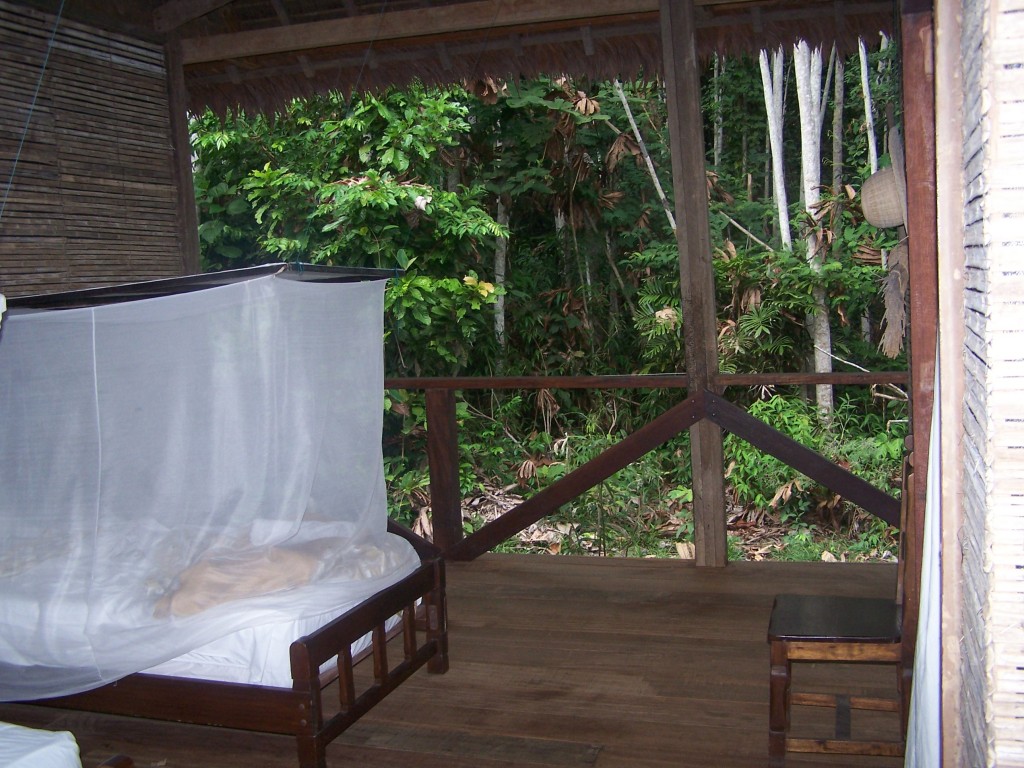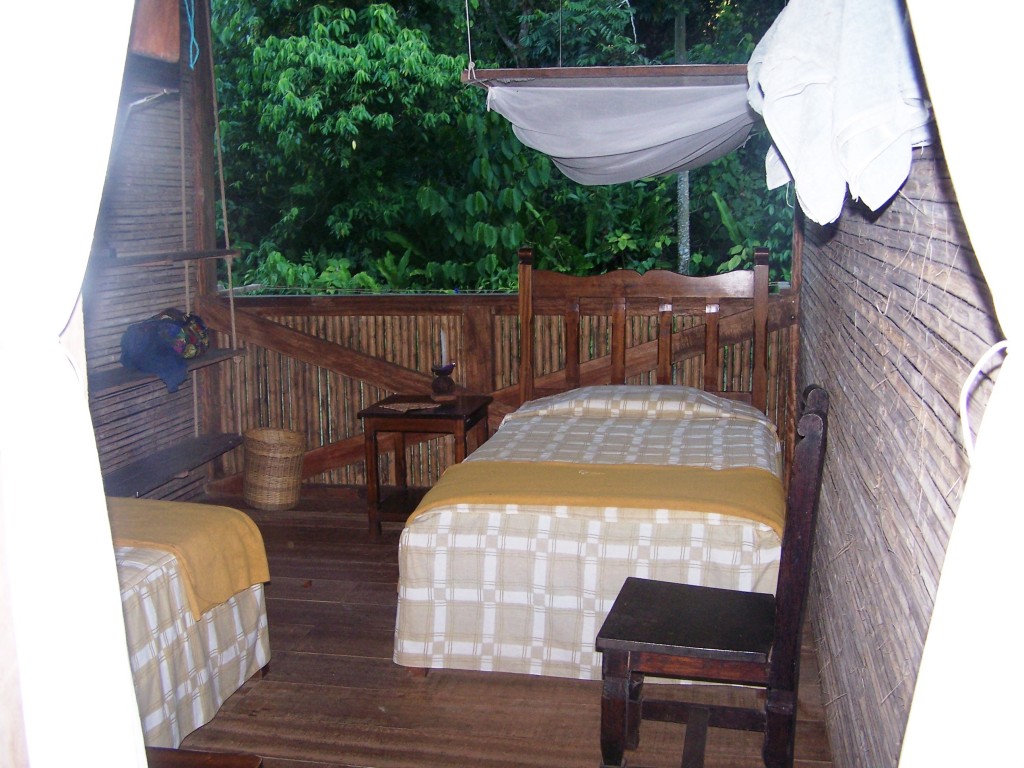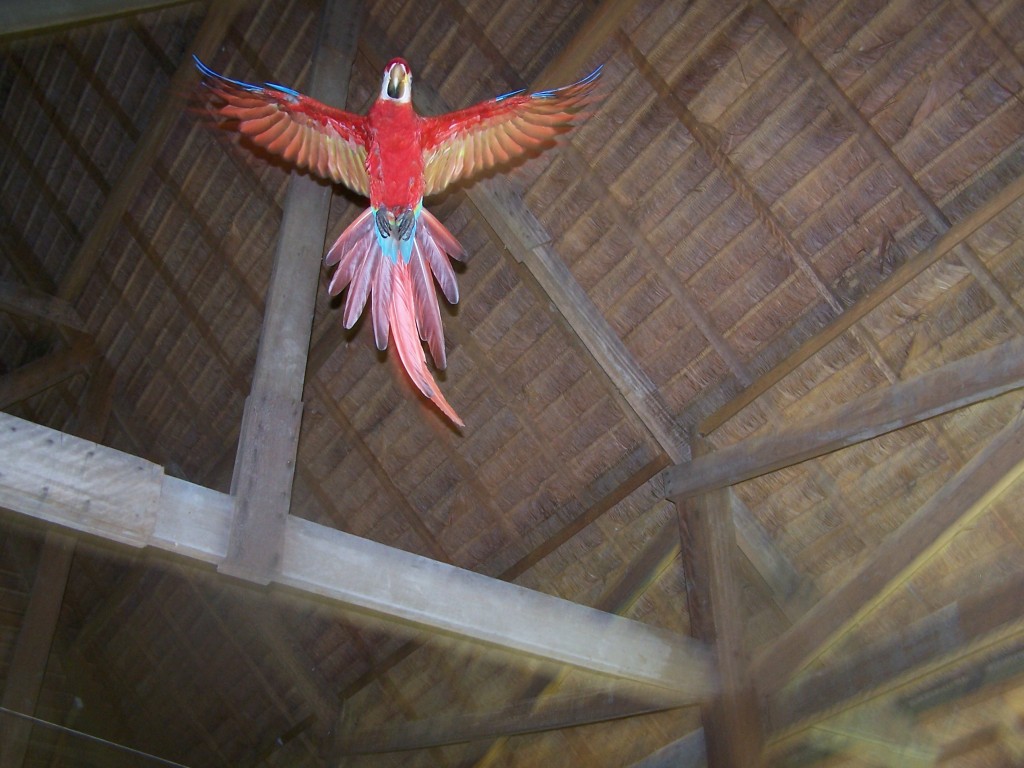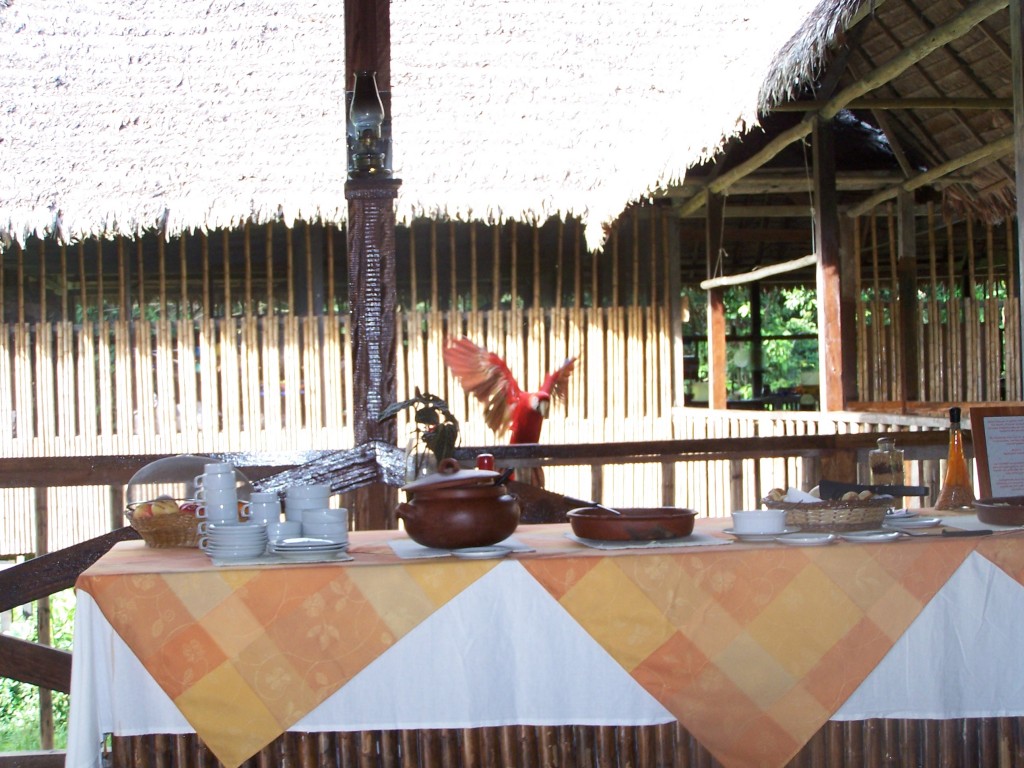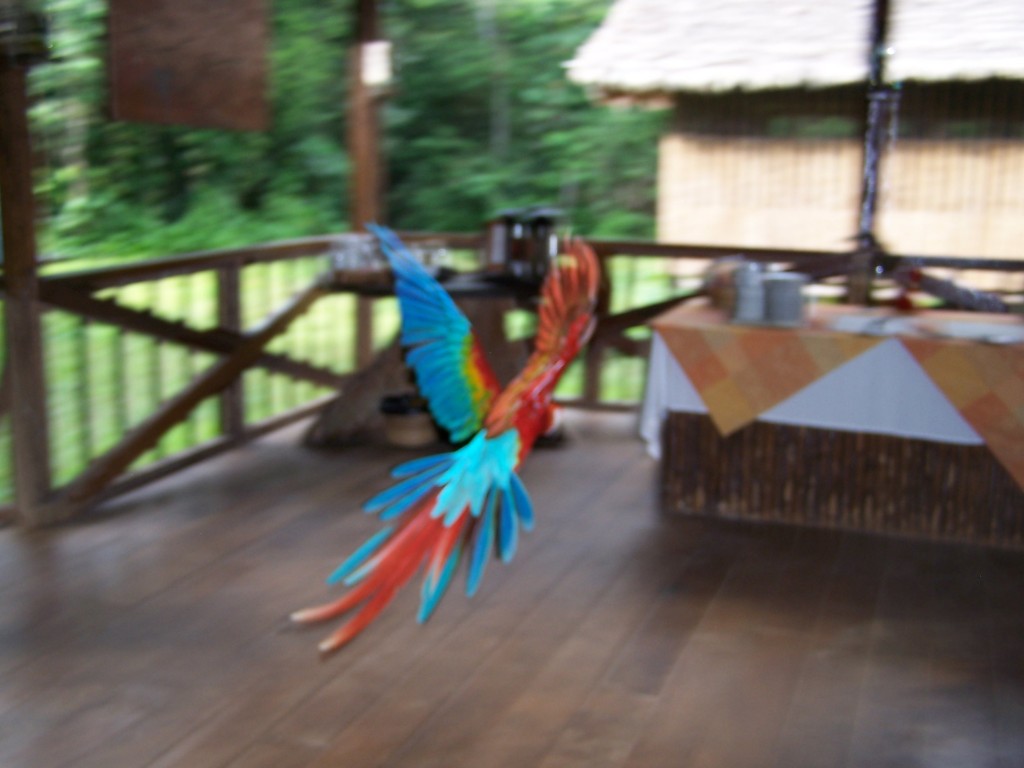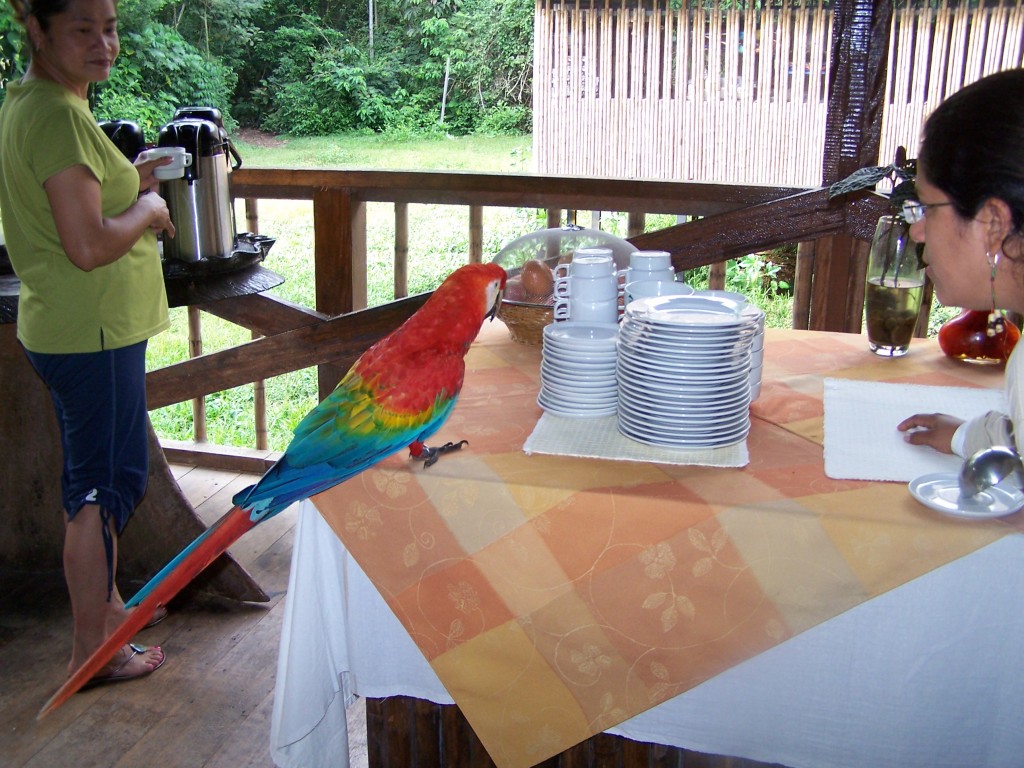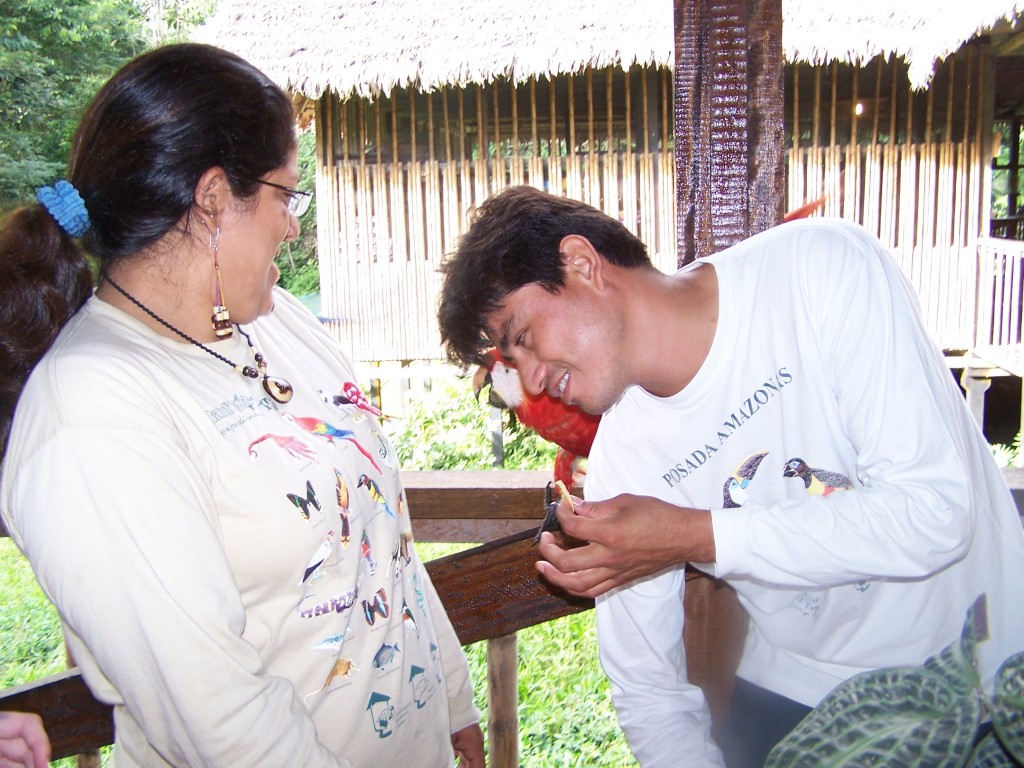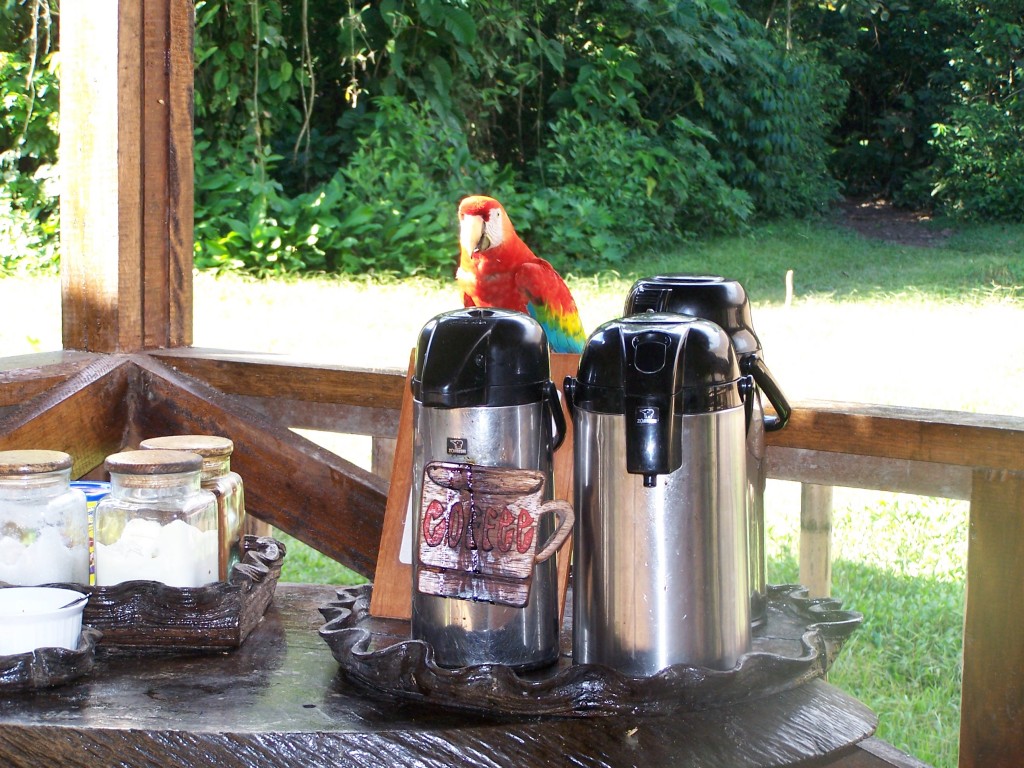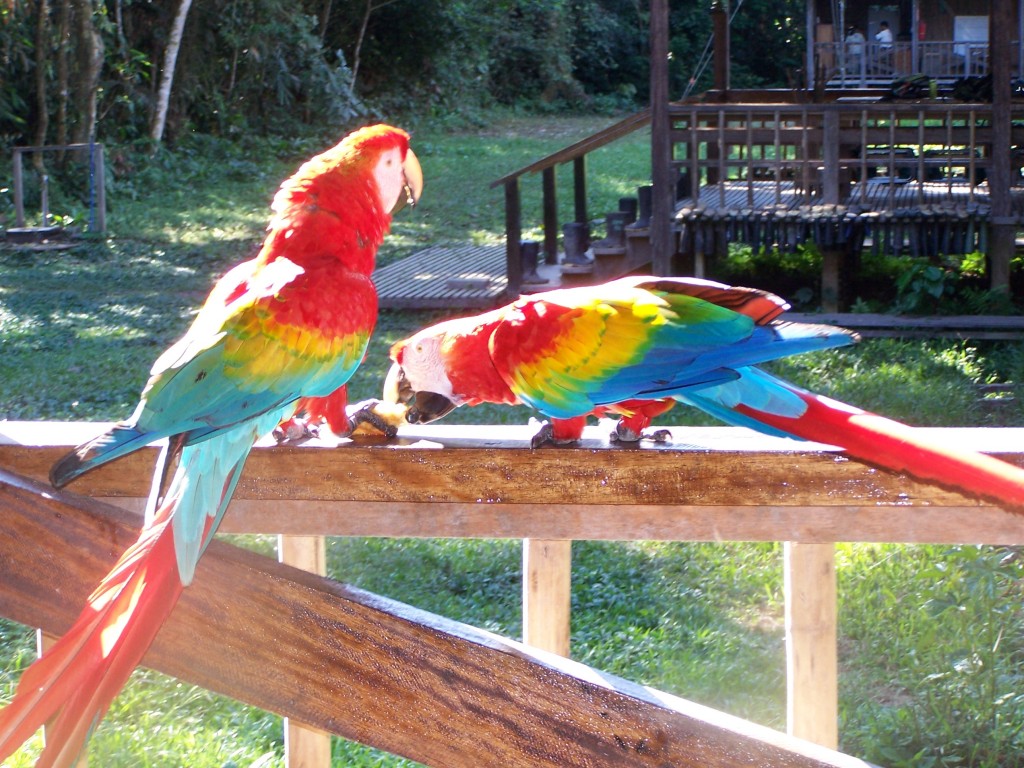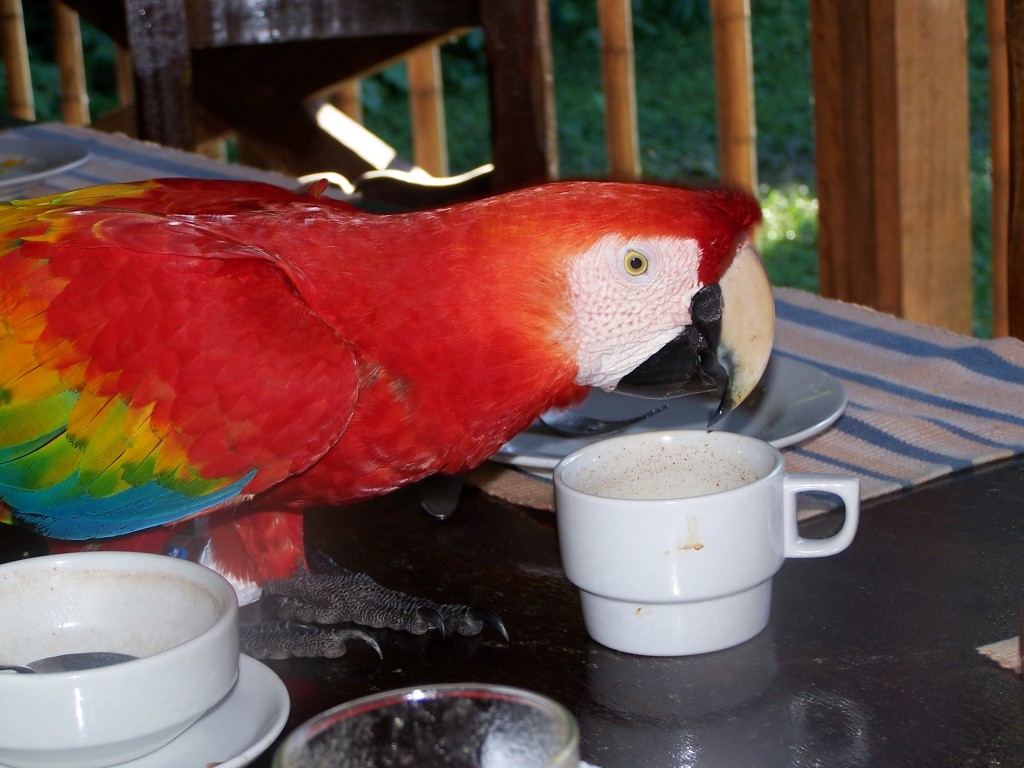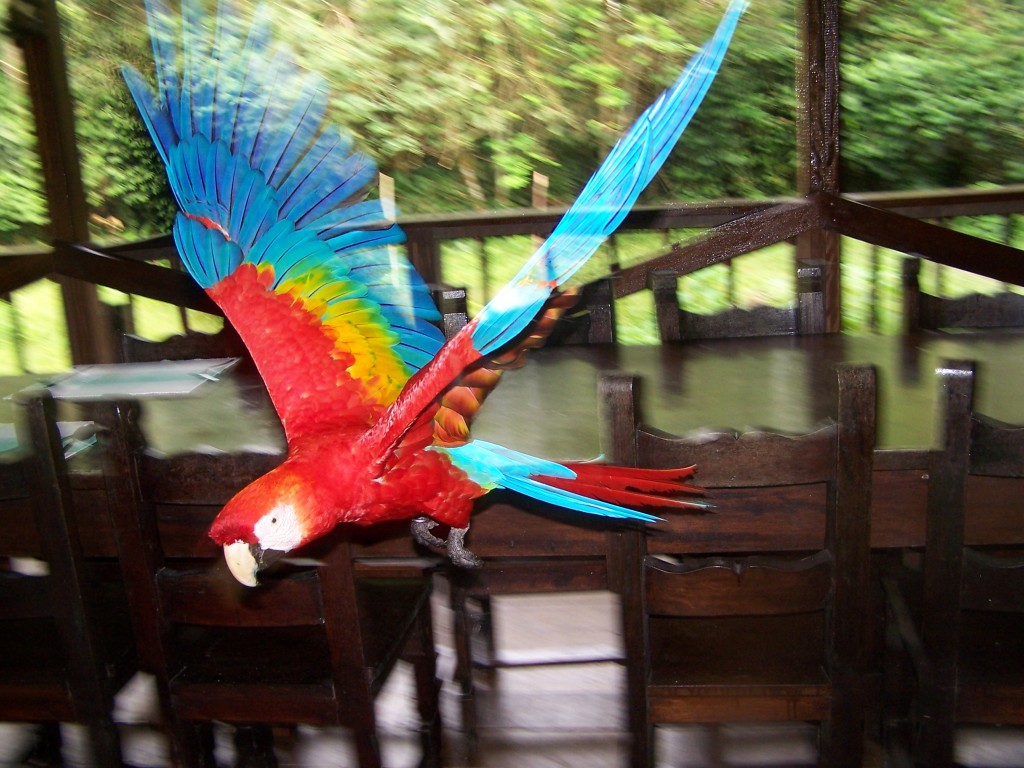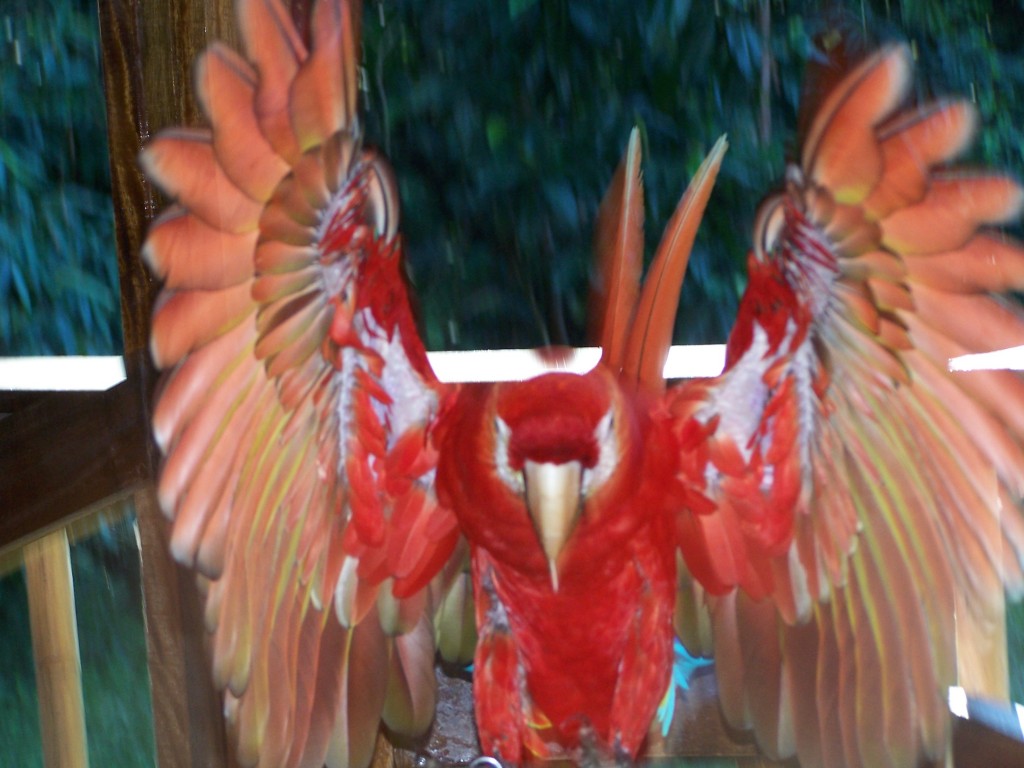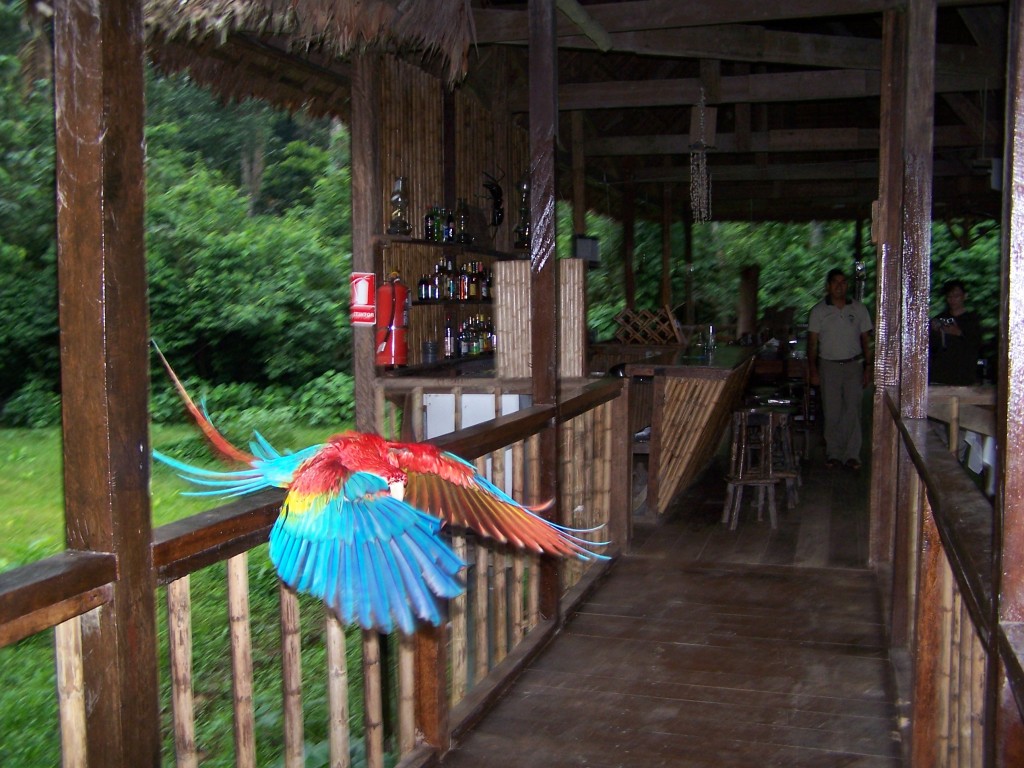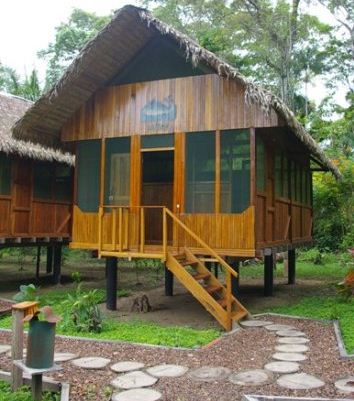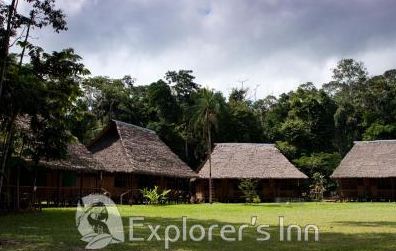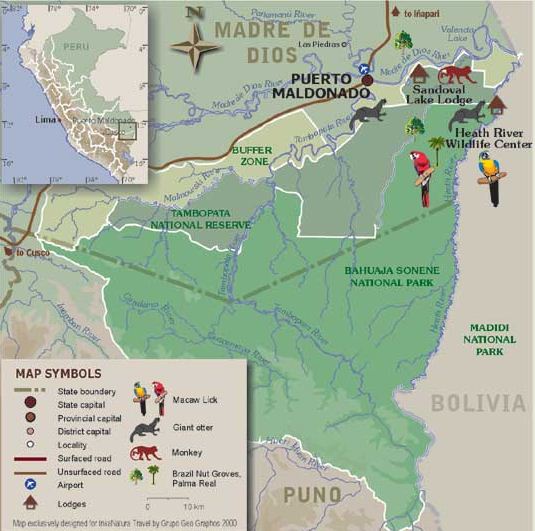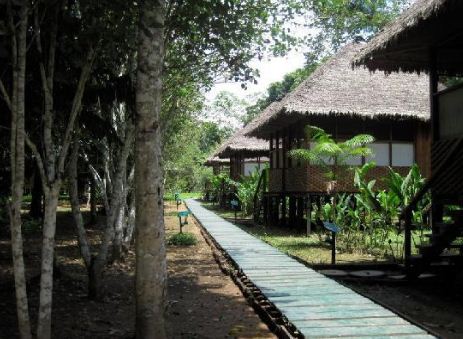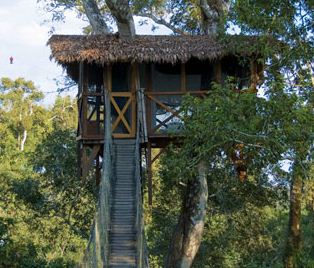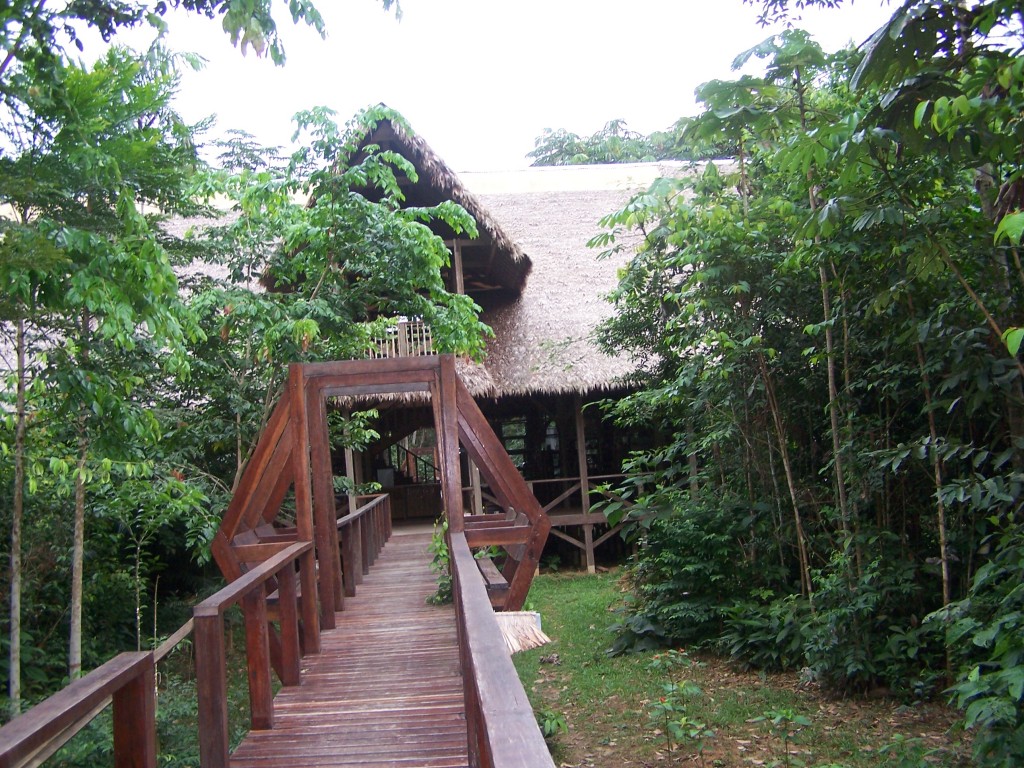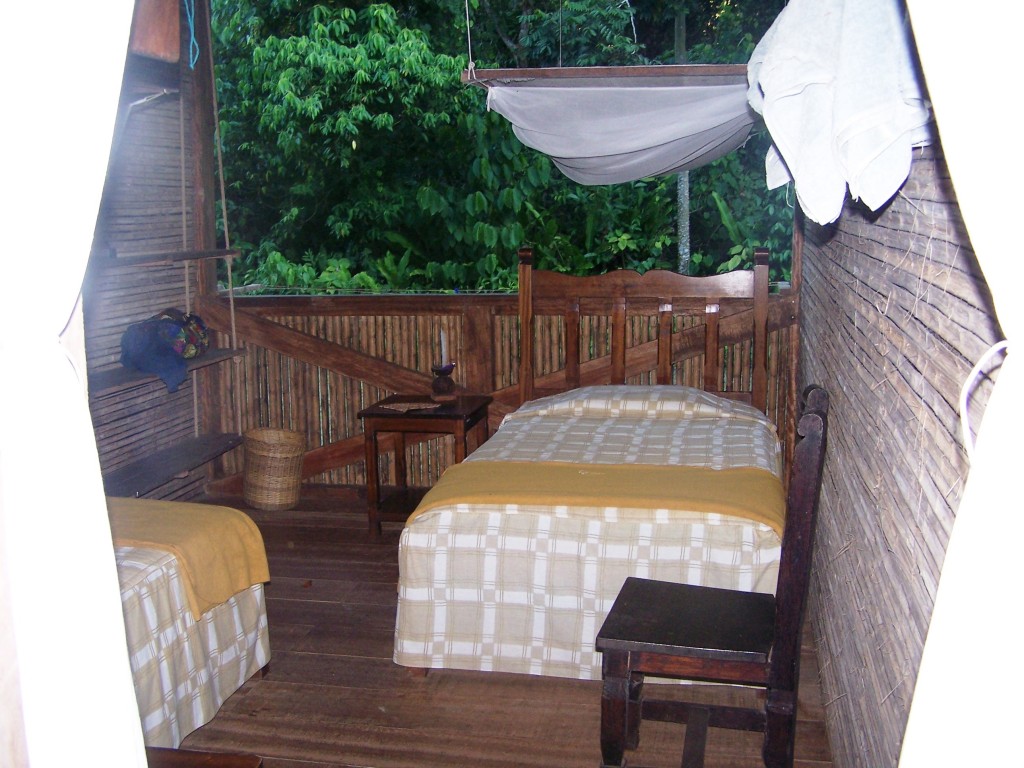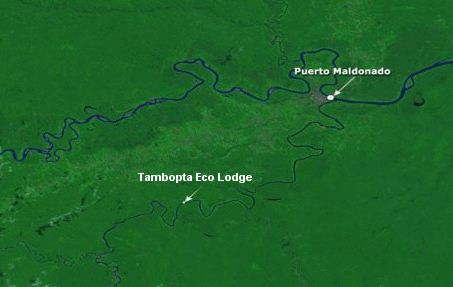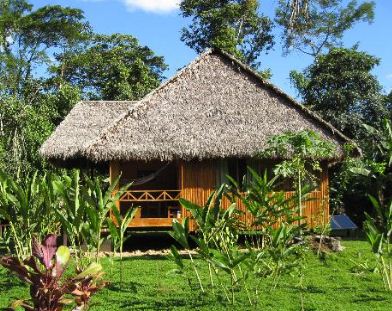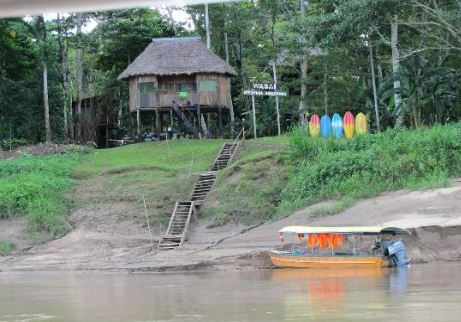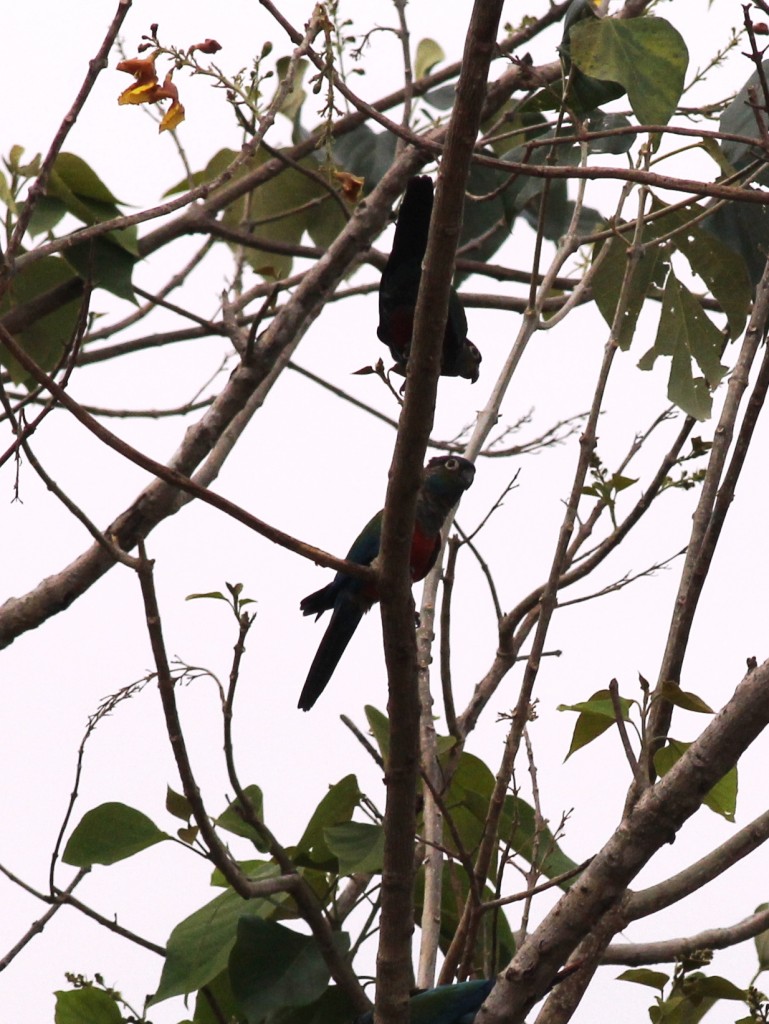When I first started this blog, I wrote a post on how to choose an eco-lodge. Looking back, I still agree with everything I said back then. But there was one element I forgot to mention until I saw this post by an award-winning travel writer and editor at large for National Geographic Traveler magazine, Mr Costas Christ. In his outstanding article, he talks about how the lodge should reflect the culture of the country its in. The Tambopata Research Centre looks like its in Peru. Selva Verde looks like its in Costa Rica. Hornbill Camp looks like its in India. And these as well as many other I have blogged about make a point of employing local people and contributing to the local economy. I could go on, but this is one very important factor that sets a fantastic eco-lodge apart from just a good eco-lodge.
Tag Archives: eco-lodges
National Geographic’s Picks – World’s Best Ecolodges
Lodge Review: Selva Verde Lodge & Rainforest Reserve
Selva Verde Lodge & Rainforest Reserve was a perfect choice for our first night in Costa Rica. My only regret is we didn’t stay longer! The setting is stunning, birds are everywhere, the rooms have decks overlooking the pool and rainforest and the food was great! They have a very impressive sustainability program.
GETTING HERE
Use your miles to book a ticket to San Jose, Costa Rica. This will be a Central America award. The easy way is getting a taxi or shuttle direct from the airport. Directions are on their website. I’ll go into more detail about getting around Costa Rica later. If you want to save money, it’s very easy to get here by local bus. First you get a bus in front of the airport that will take you from Alajuela to downtown San Jose. Then you need to get a taxi to “Gran Terminal del Caribe” where you can book a bus to Puerto Viejo de Sarapiqui.
The buses are comfortable and leave about once per hour. They were very cheap, I forgot the exact price but it was around $8-ish. Once you arrive at Puerto Viejo de Sarapiqui, you can get a bus to Chilamate which passes the lodge. We didn’t want to wait a couple hours so took a taxi to the lodge for around $5-ish. There is a small shop in the bus station to stock up on drinks and snacks.
Taxis wait on the street outside the bus station.
THE FACILITIES
From the moment you enter, this place has the WOW factor! The open-air lobby has beautiful stone work and a stunning rainforest mural.
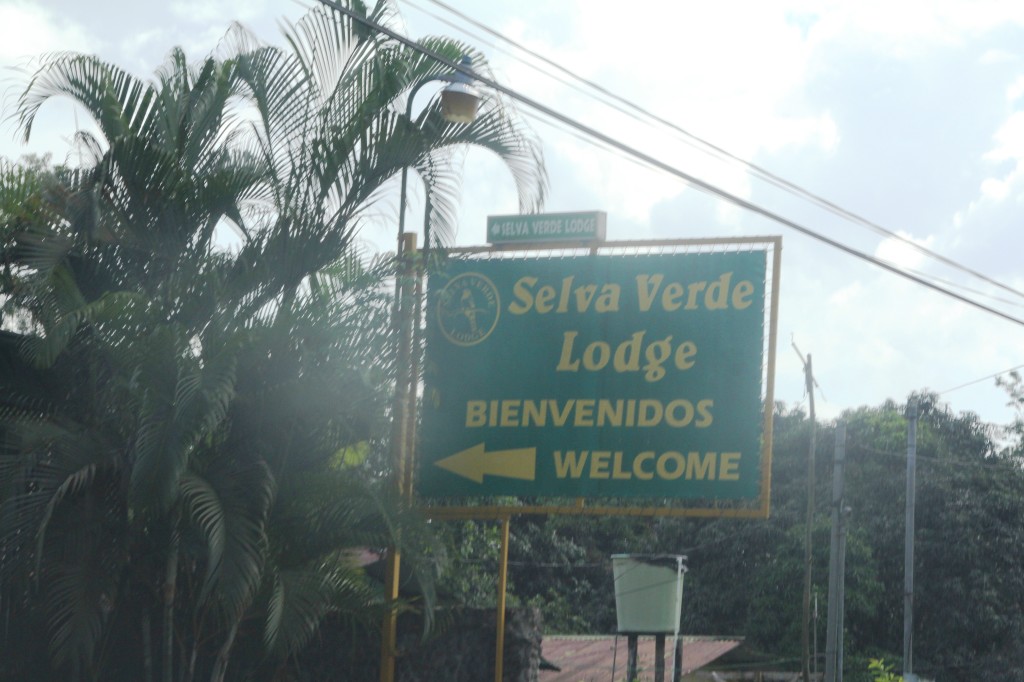
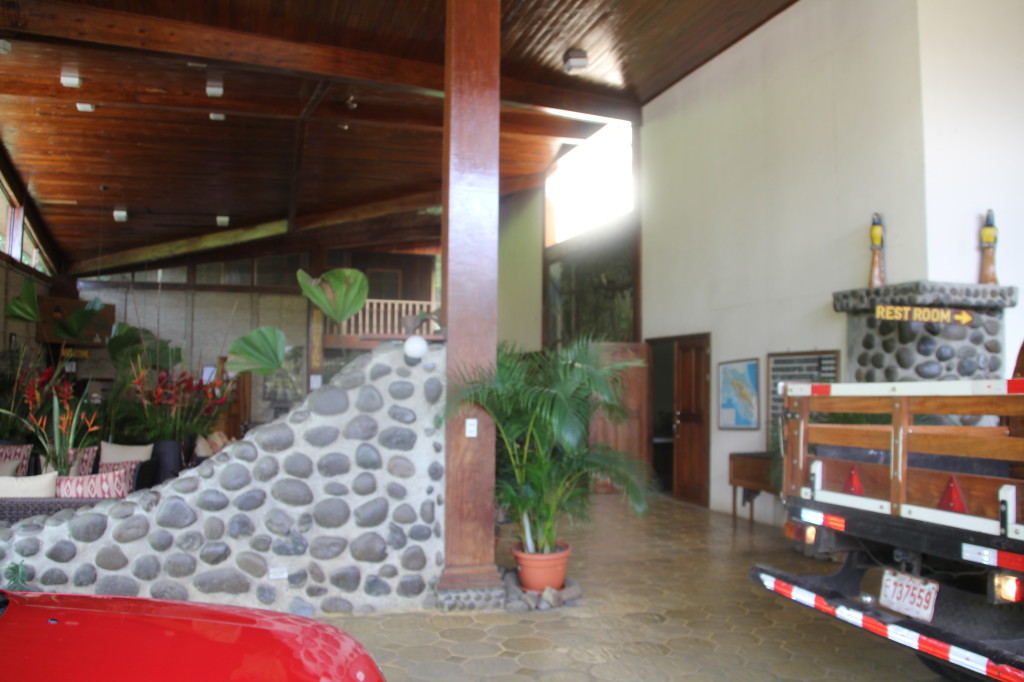
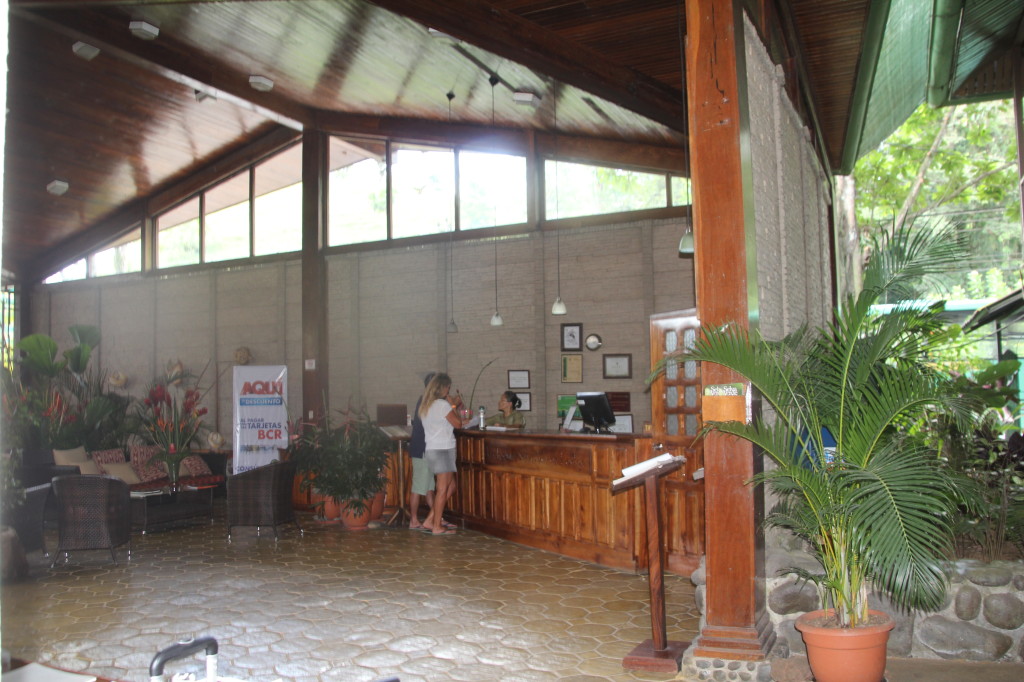
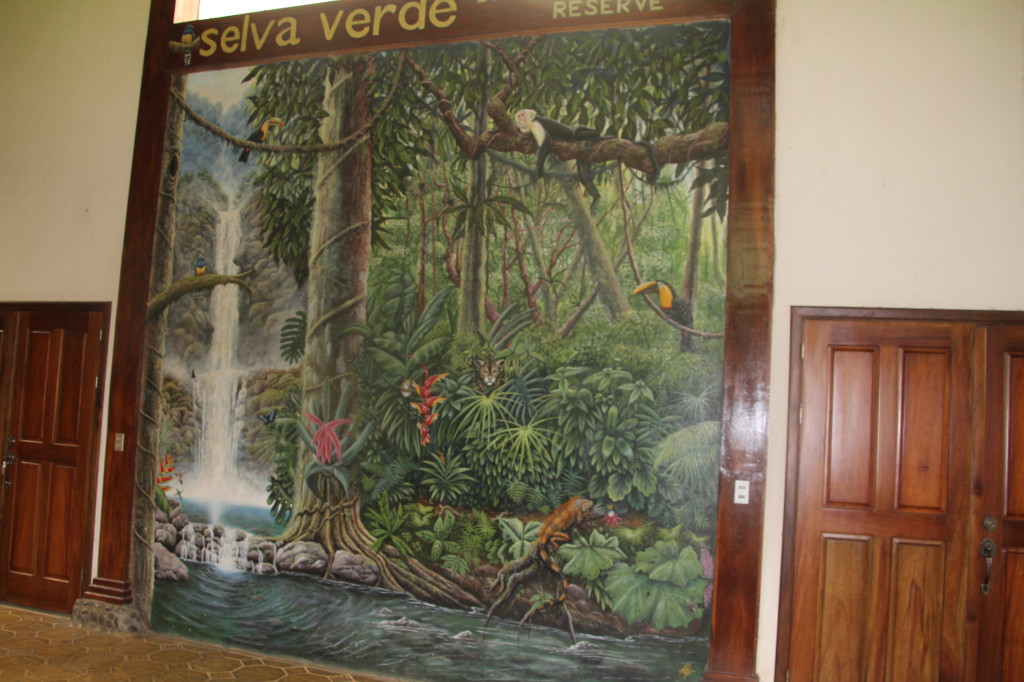 You then walk down the covered walkways to your room. Ours overlooked the pool with a wrap around deck shared with the room next door.
You then walk down the covered walkways to your room. Ours overlooked the pool with a wrap around deck shared with the room next door.
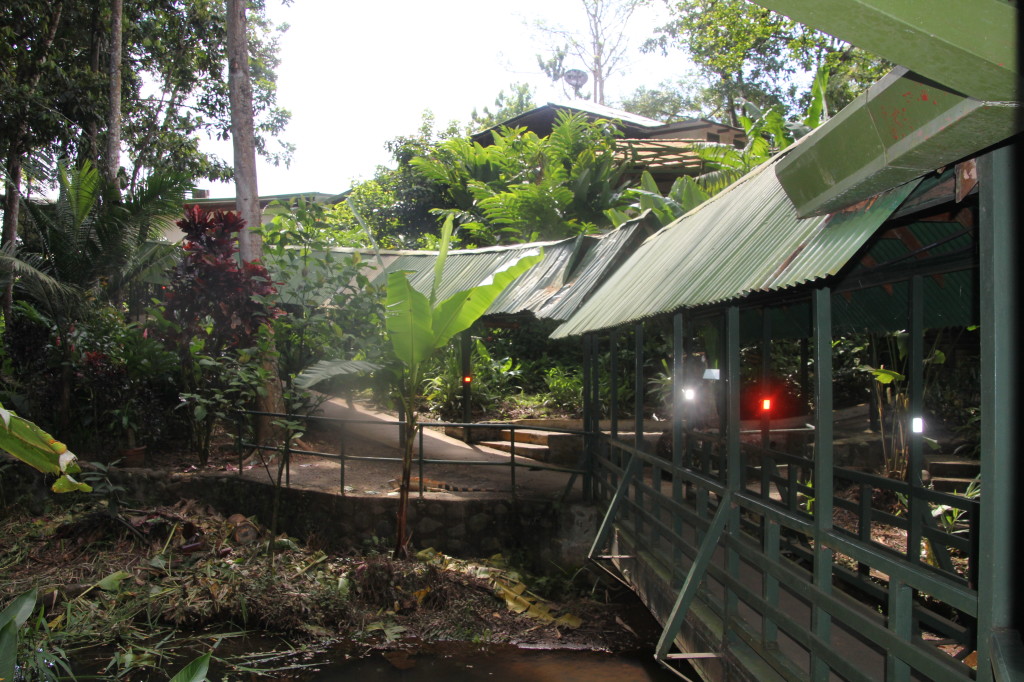
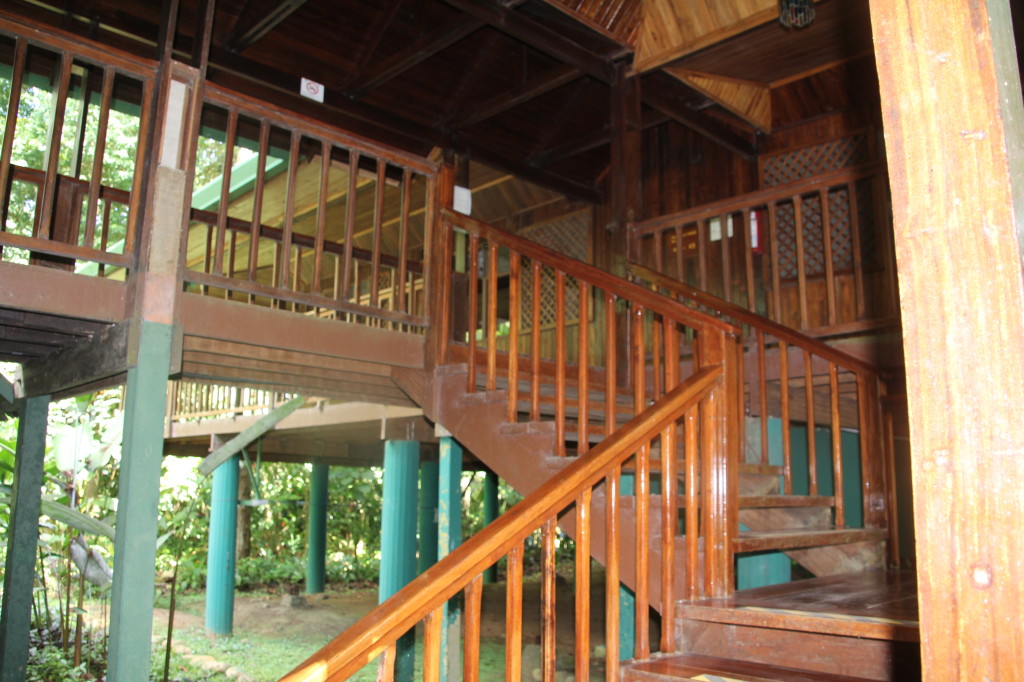
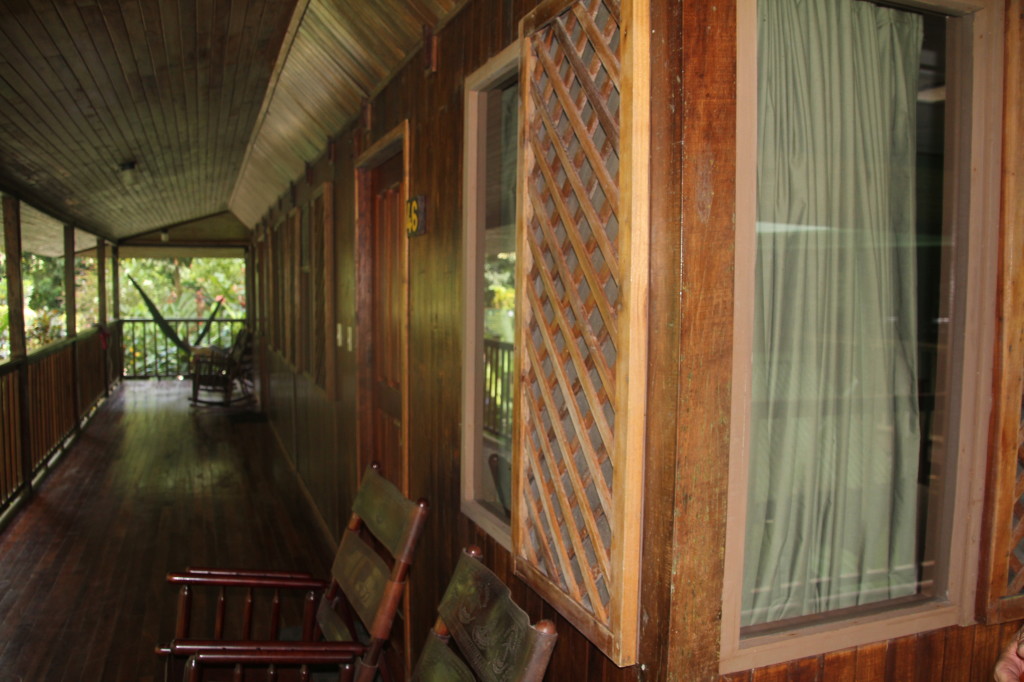 The rooms are attractively furnished with lovely artwork.
The rooms are attractively furnished with lovely artwork.
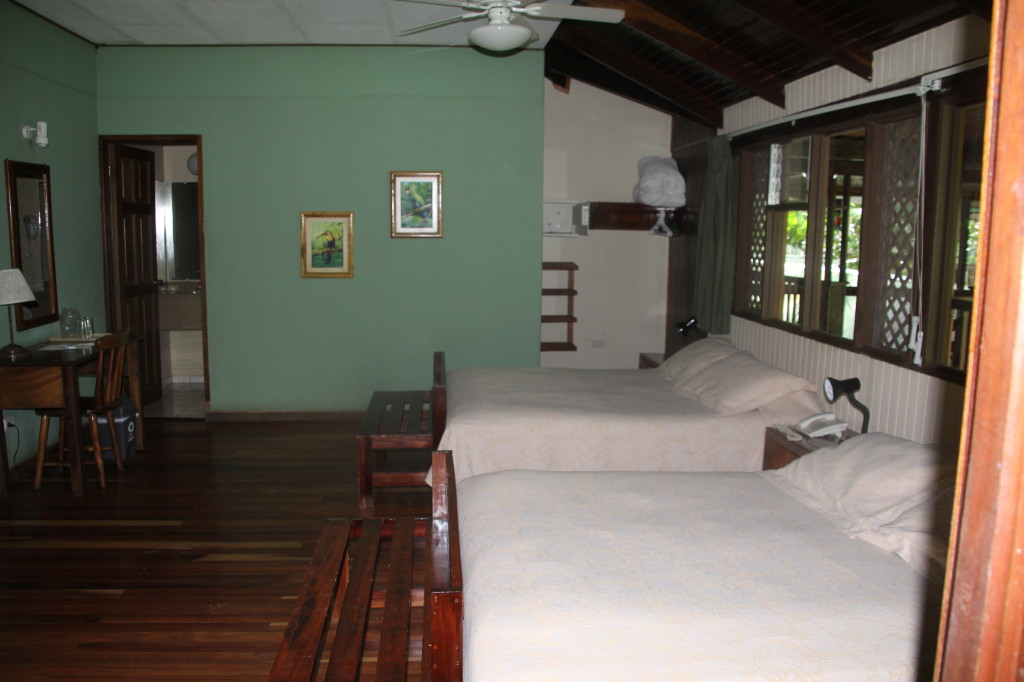
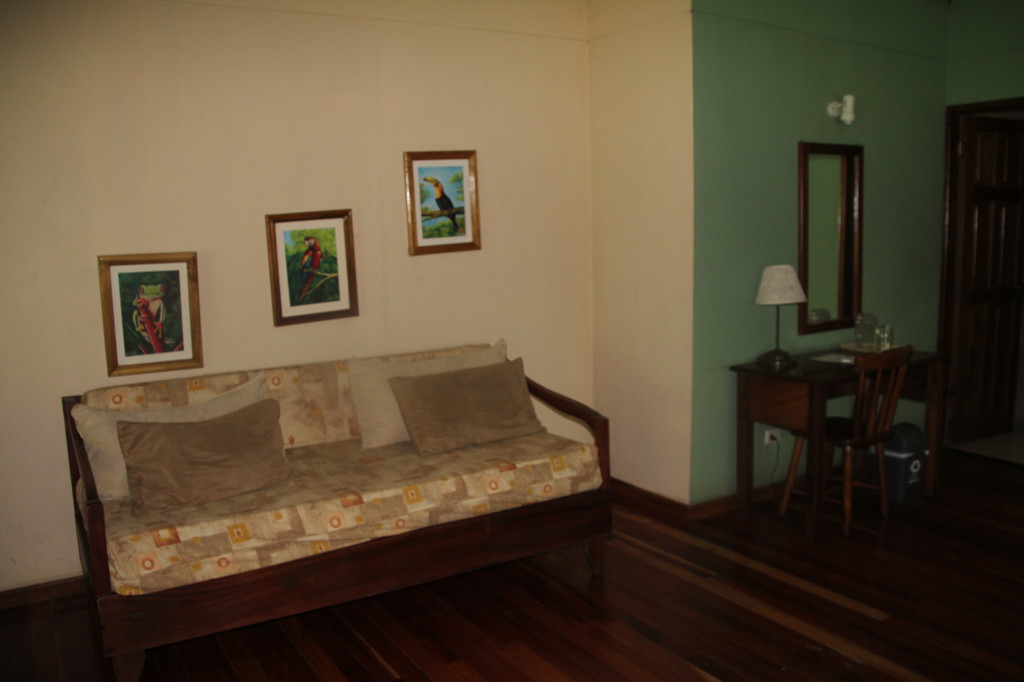
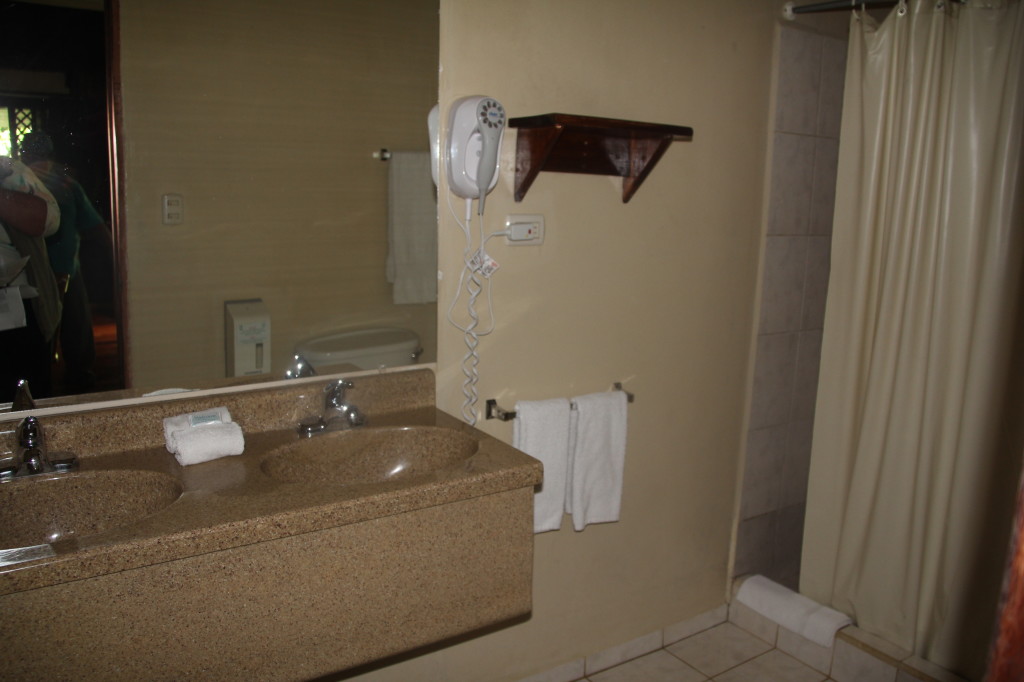 The swimming pool is surrounded by rainforest, you can see birds flying overhead while swimming! We even saw a pair of Great Green Macaws! I was less thrilled to see this dragon-like iguana. I am so not a reptile fan!
The swimming pool is surrounded by rainforest, you can see birds flying overhead while swimming! We even saw a pair of Great Green Macaws! I was less thrilled to see this dragon-like iguana. I am so not a reptile fan!
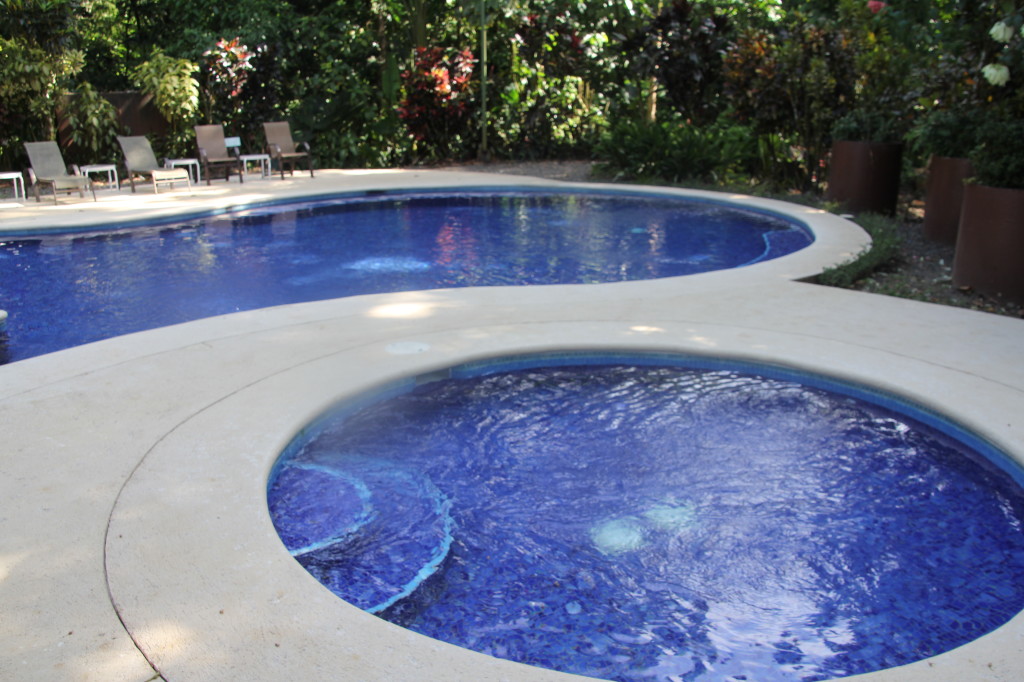
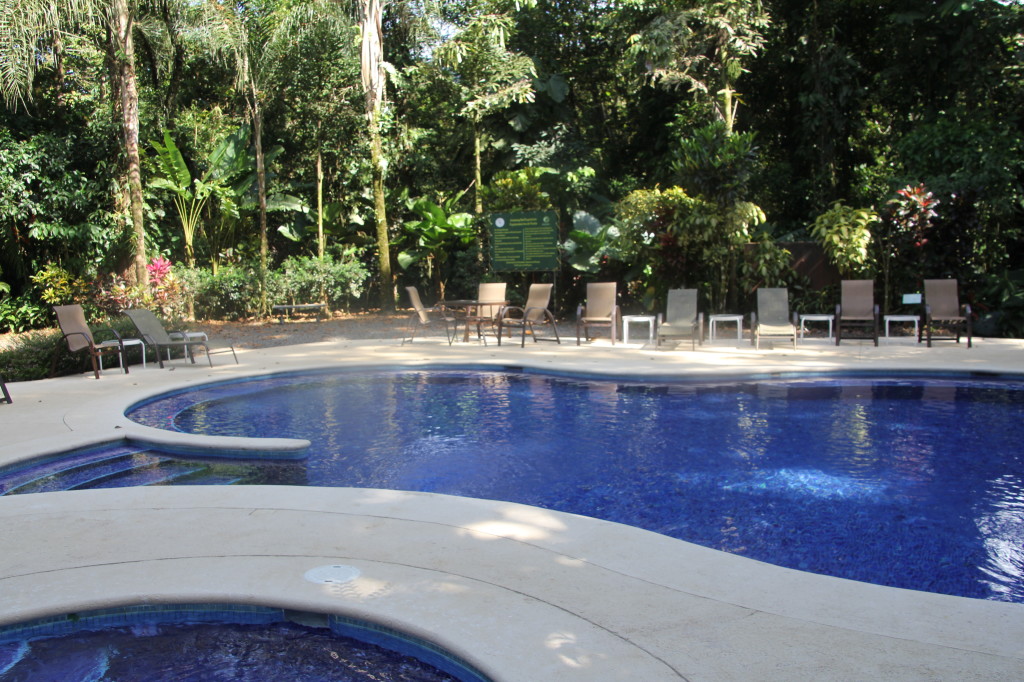
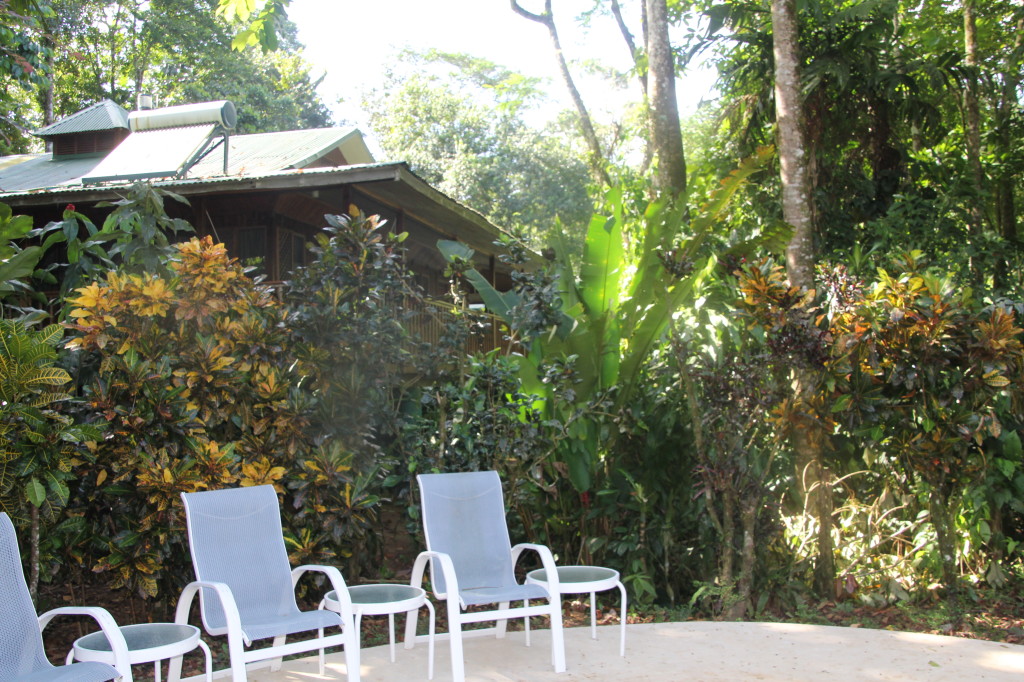
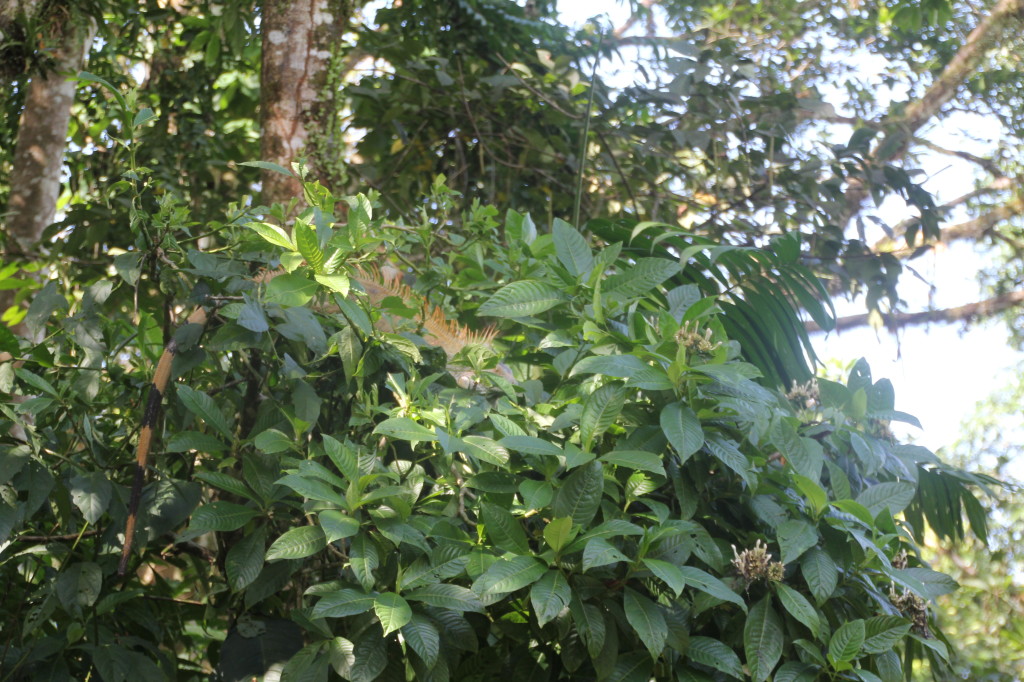
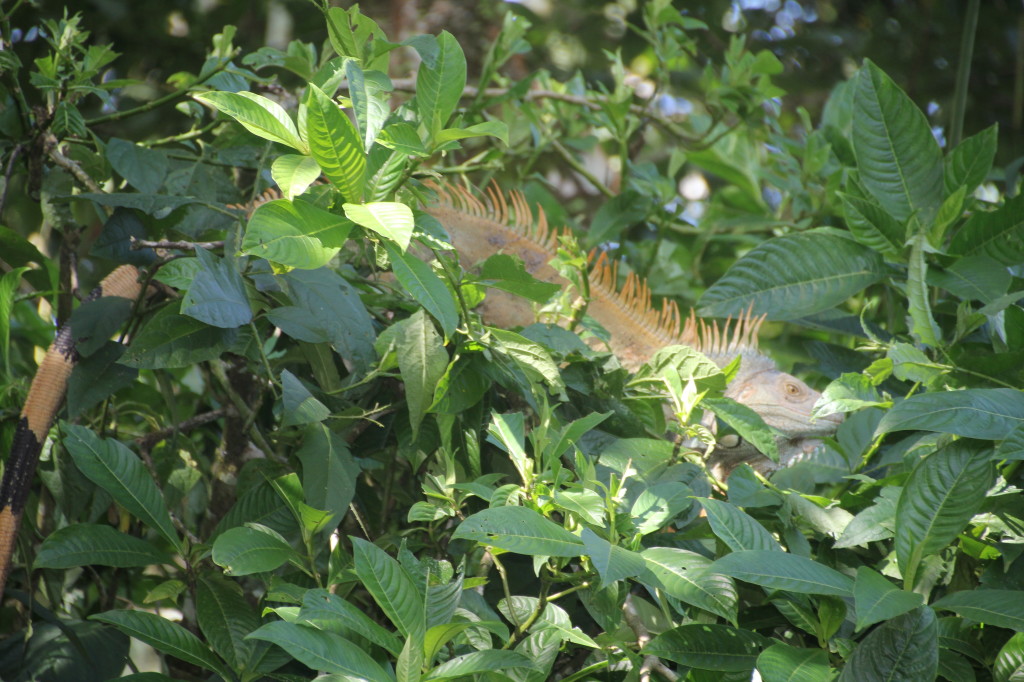 The restaurant has an equally lovely setting with nice pizzas and main meals. Breakfast is upstairs and served as a buffet. We came in a bit late due to the birding but still found enough to fill us up. I just LOVE these tables, too bad I couldn’t bring one home! I knew I had zero chance of getting it home in one piece even if I could carry it!
The restaurant has an equally lovely setting with nice pizzas and main meals. Breakfast is upstairs and served as a buffet. We came in a bit late due to the birding but still found enough to fill us up. I just LOVE these tables, too bad I couldn’t bring one home! I knew I had zero chance of getting it home in one piece even if I could carry it!
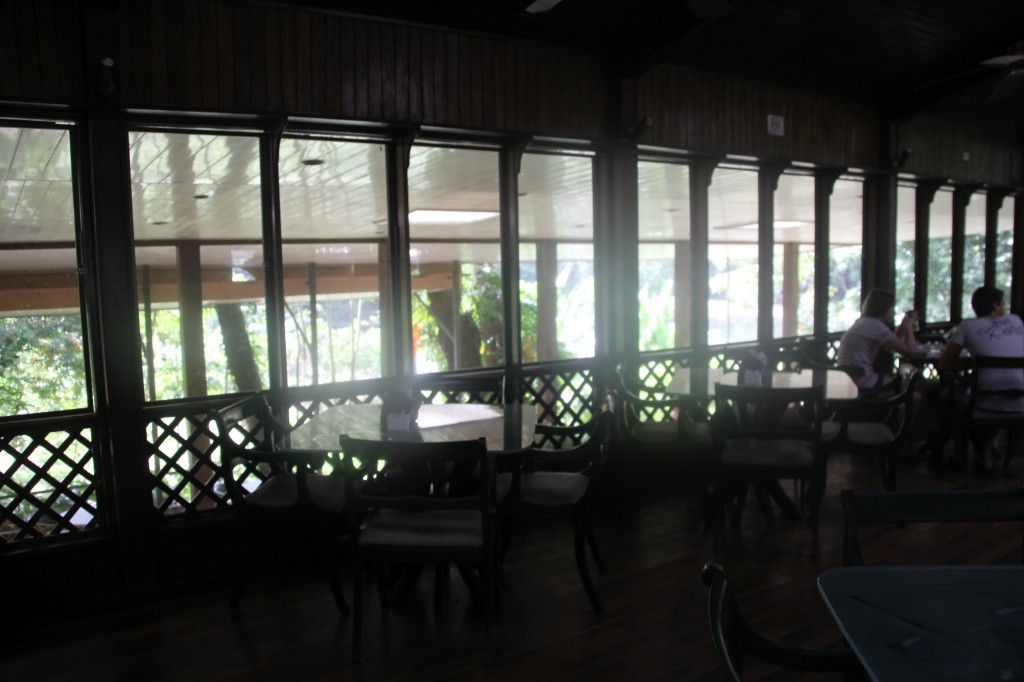
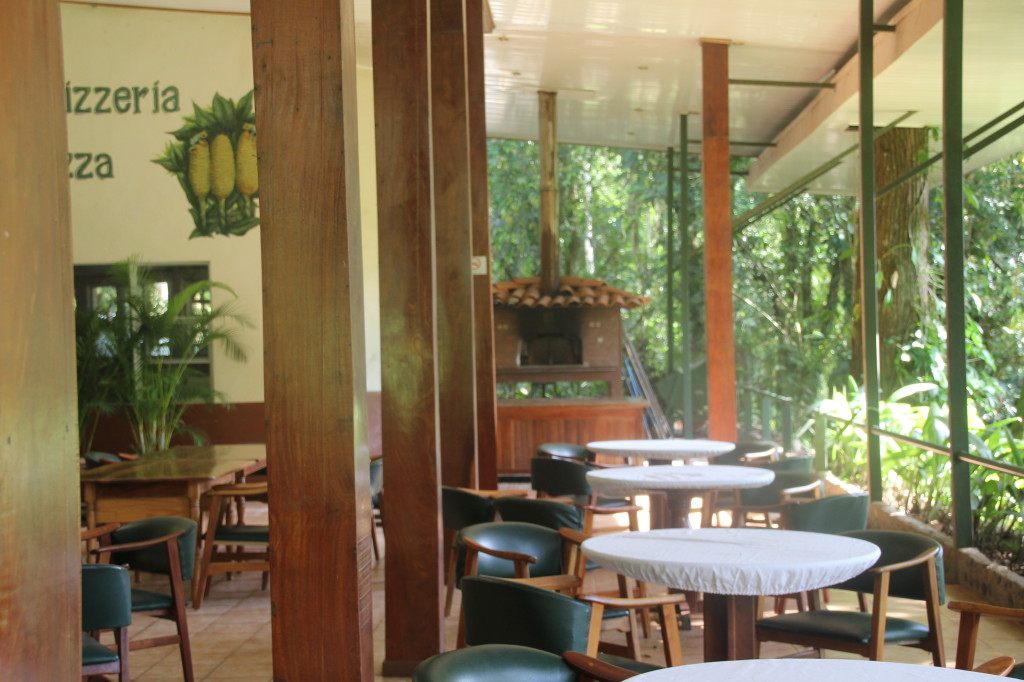
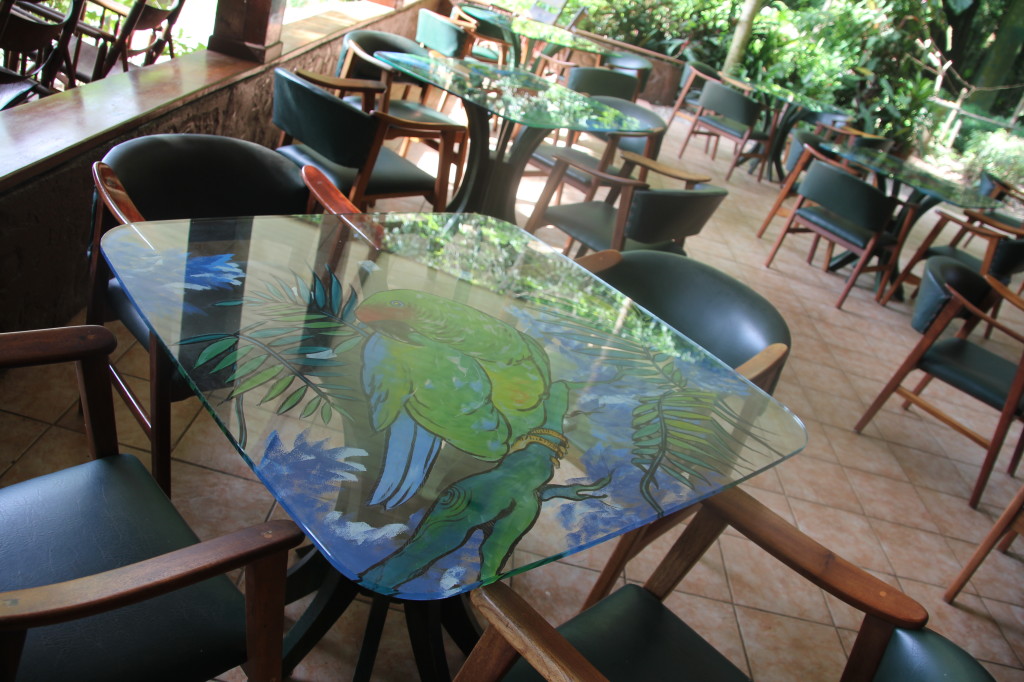
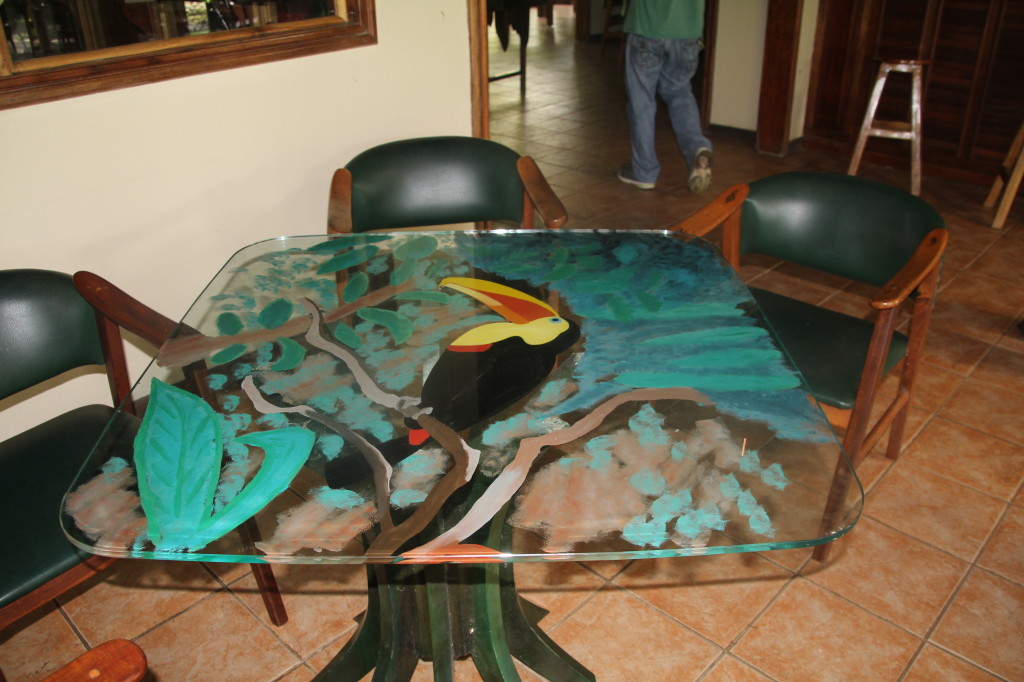
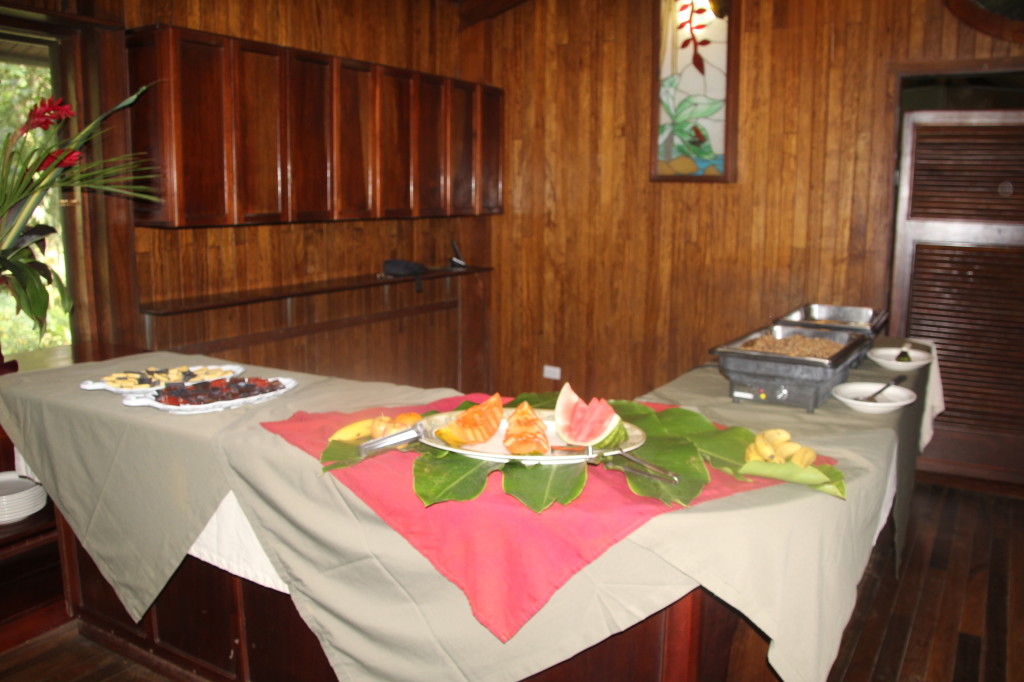
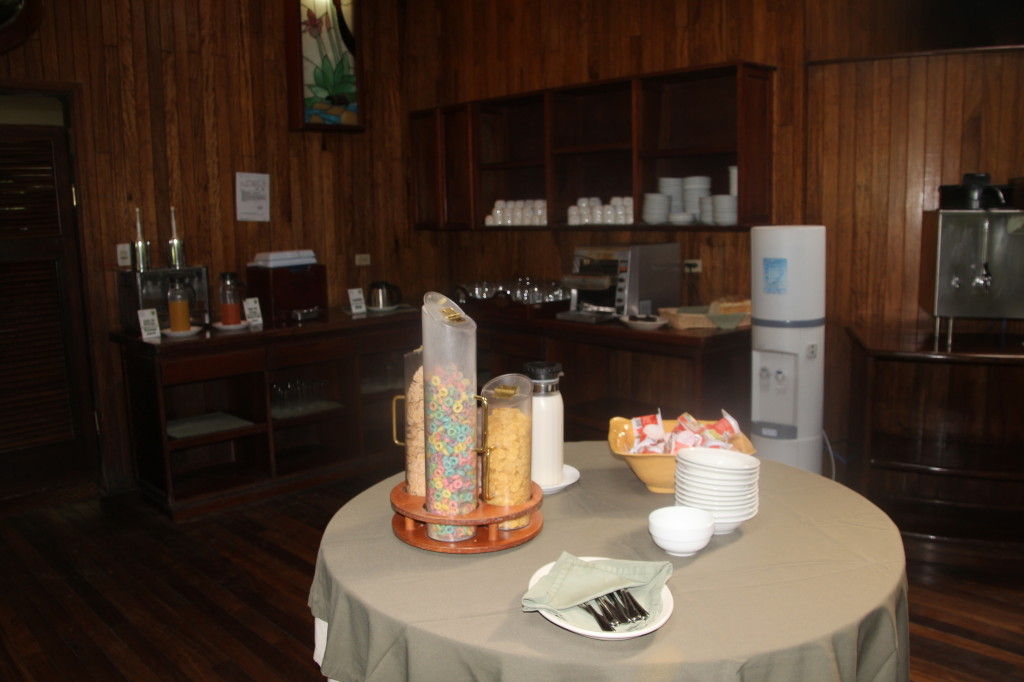
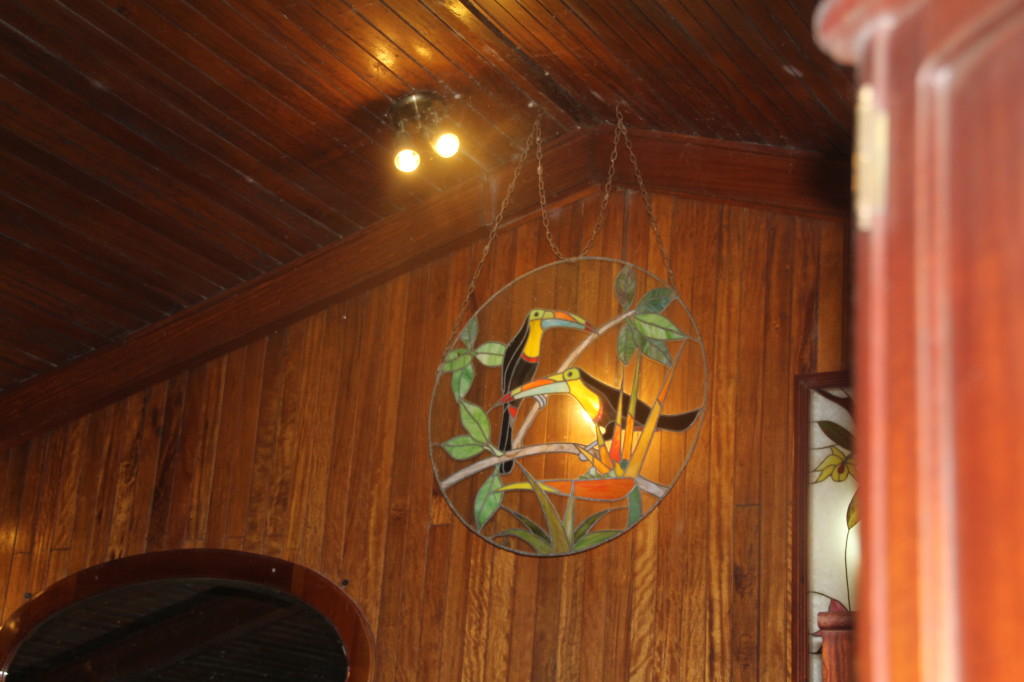
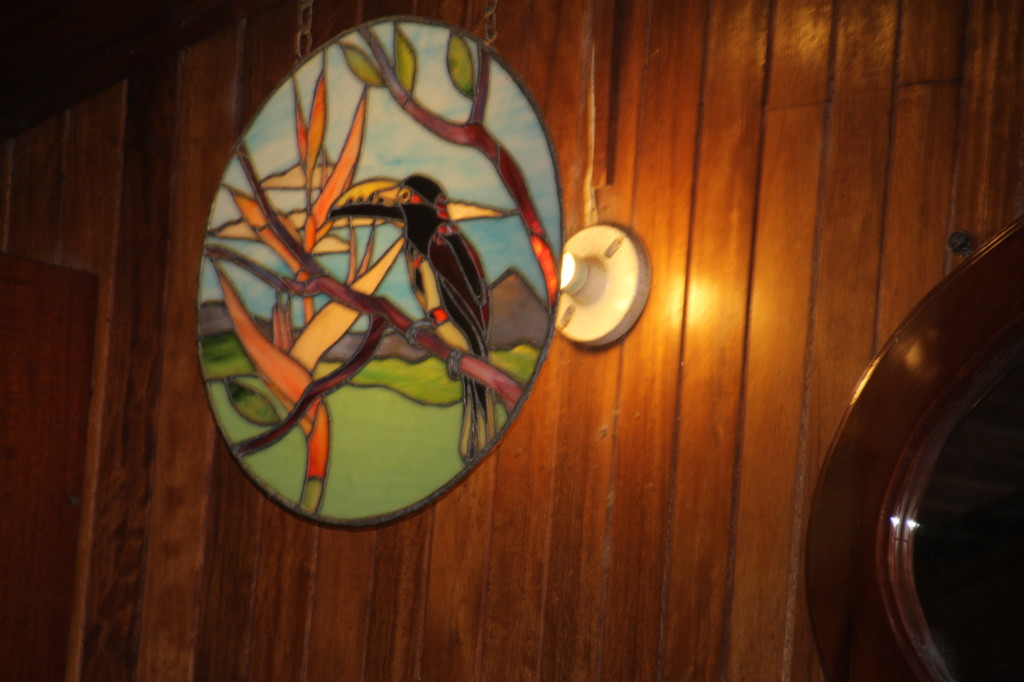 Although this photo was taken when it was closed, I did patronize the gift shop very well!
Although this photo was taken when it was closed, I did patronize the gift shop very well!
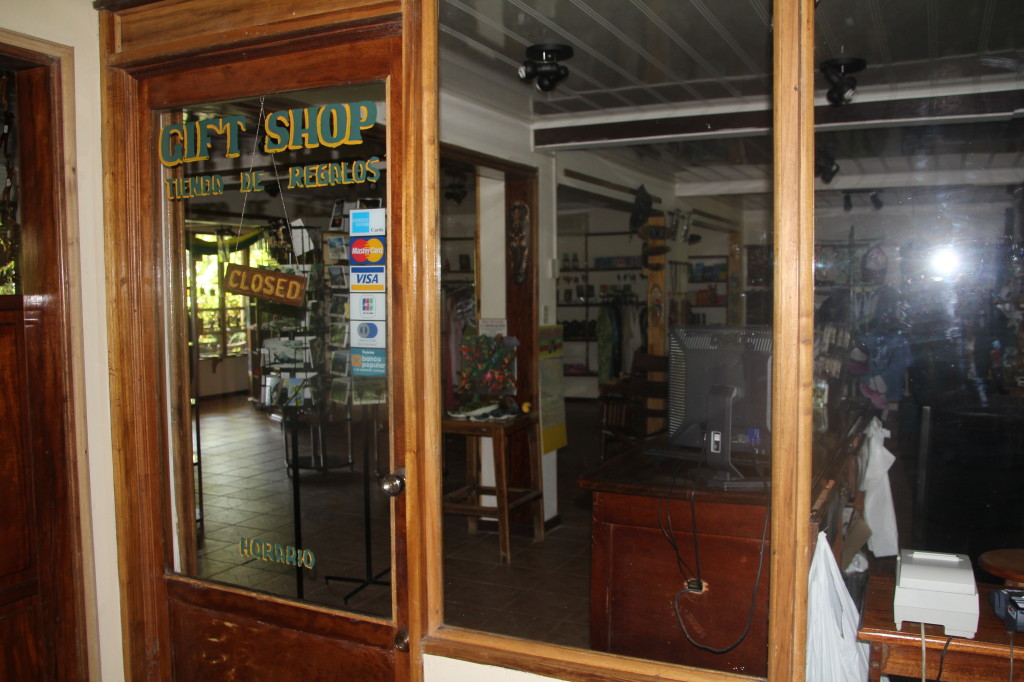 One of the nicest things about this lodge is the educational displays and the evening lecture by the lodge’s official guide, Alejandro (shown here with my husband).
One of the nicest things about this lodge is the educational displays and the evening lecture by the lodge’s official guide, Alejandro (shown here with my husband).
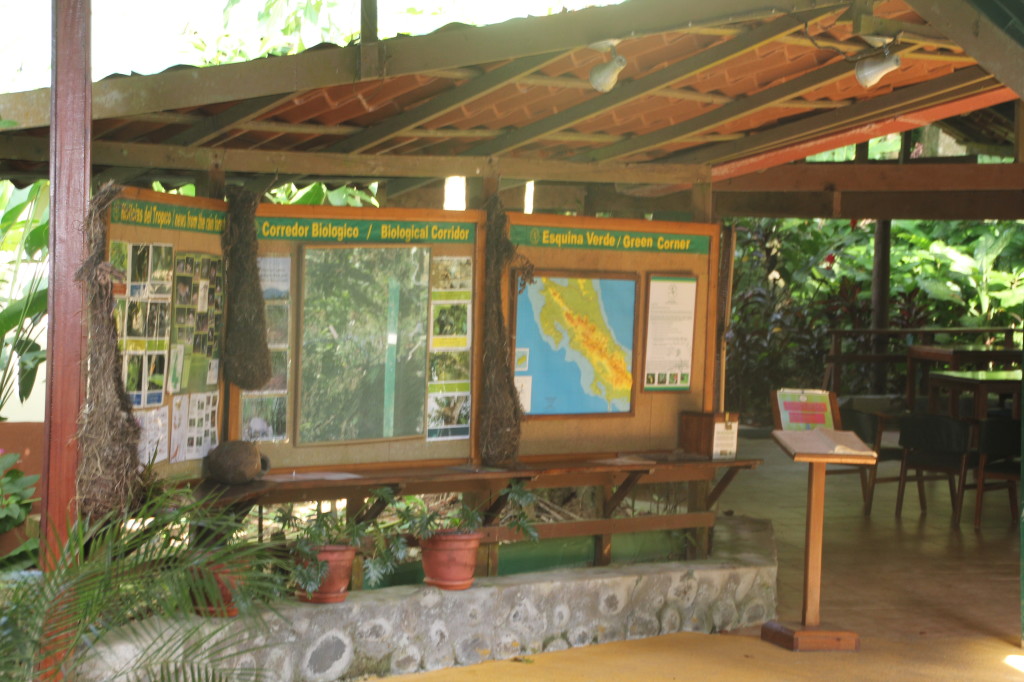
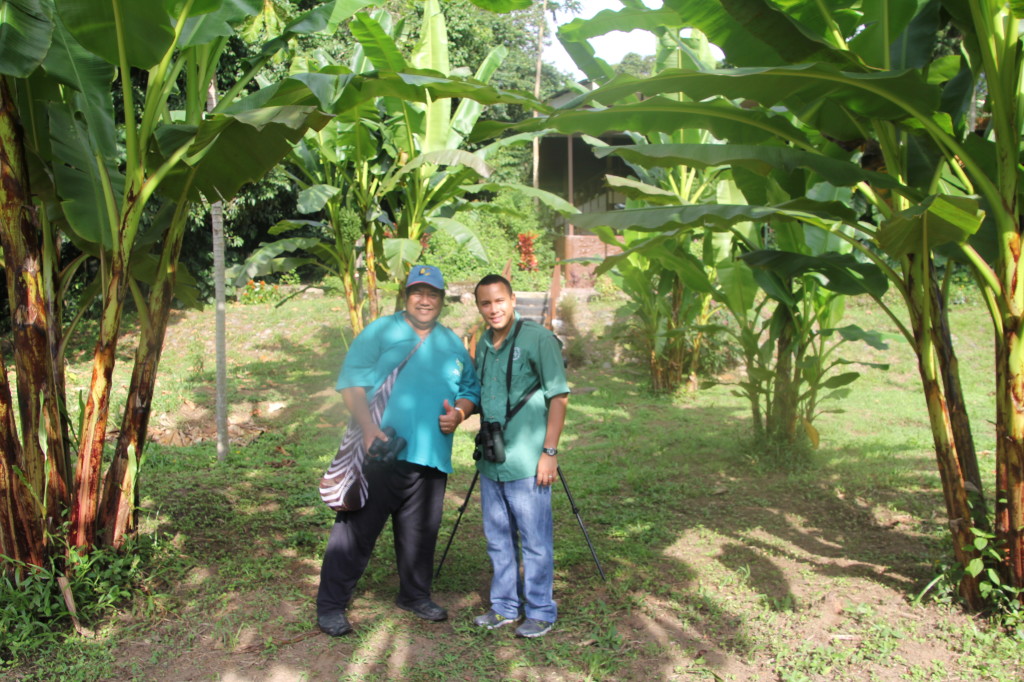 Selva Verde Lodge & Rainforest Reserve gets excellent reviews on Trip Advisor but please note that there are some reports of the pizza restaurant being closed during low (green) season. Someone also said there wasn’t an educational talk so best to email the lodge and ask if they will be offered when you are there. This place attracts both die-hard birders and mainstream tourists so they may not offer such things if they don’t think anyone is interested in birding.
Selva Verde Lodge & Rainforest Reserve gets excellent reviews on Trip Advisor but please note that there are some reports of the pizza restaurant being closed during low (green) season. Someone also said there wasn’t an educational talk so best to email the lodge and ask if they will be offered when you are there. This place attracts both die-hard birders and mainstream tourists so they may not offer such things if they don’t think anyone is interested in birding.
There are some nice trails on the property, both covered and uncovered and you can walk down by the river to see more birds. Tomorrow, I will post lots of bird photos to show you what you can see here!
I recommend first checking their website to see if there are any specials on. At time of writing, there is a killer deal, I would book this in a heartbeat if we could get back there in time!
You can also book this lodge via the usual miles-earning portals. They can be found on Pointshound, Expedia, Hotels.com and many others. Rates usually include the breakfast buffet. Be sure to email them however you book your stay to let them know you want to go birding so they arrange the guide.
Ecocamp Patagonia Tops Trip Advisor’s “10 Incredibly Unique Hotels”
The actual list is varied and eclectic and has “incredibly unique hotels” from all over the world. I was really happy to see an eco-lodge topping the list! Ecocamp Patagonia’s website shows even more stunning photos of this place and makes me really want to go there!
EcoCamp is situated in the very heart of Torres del Paine National Park and provides the region’s first fully sustainable accommodation, complete with green technology. You enjoy guided treks and wildlife excursions by day and share evening meals with new friends, before falling asleep gazing up at the star-filled sky through your dome ceiling. Wake up in the middle of the Patagonian wilderness in a cozy geodesic dome, with a panoramic view of the majestic Torres del Paine, ready to pick up the hiking trail!
If you’re curious, here’s what the entire list looks like, click over to Trip Advisor to read the reviews of each hotel.
.
.
.
Getting to Chile with airline miles is easy. Chile is in the Southern South America zone for most frequent flyer programs and I have details on how many miles you need here.
Eco-Lodges Amongst The Top 50 Hotels In The World
Travel and Leisure magazine has released their list of the world’s best hotels for 2013. What I find very interesting is that 5 out of the top 10, including #1 are ecolodges! 4 of them are safari lodges in Africa and one is in Costa Rica and appears to be frequented by Scarlet Macaws. You have to scroll through one of those slide-shows to see all 50 of them but it’s pretty interesting if you are looking for “aspirational” hotels to stay at. Unfortunately, very few on the list are available on hotel points.
No. 1 Mombo Camp and Little Mombo Camp, Moremi Game Reserve, Botswana
No. 4 Nayara Hotel, Spa & Gardens, La Fortuna, Costa Rica
Earn Frequent Flyer Miles On Non-Chain Hotels Including Some Eco-Lodges
Pointshound is a fairly new hotel booking engine that gives you frequent flyer miles in your choice of several airline programs. This is a great option for people who don’t travel enough to get any benefits from joining hotel loyalty programs but still want to earn some miles and book using a secure credit card payment system. The one frustrating thing I have found is that many smaller hotels and lodges want you to email your credit card details which is very insecure as you don’t know who will have access to them. Even if the lodgekeepers are honest, it doesn’t mean someone passing by or cleaning the waste bins may not see it. I like being able to use either Paypal or
First you need to join Pointshound. It’s free and if you use my link, both you and I will get a bonus 250 points when you book your first room.
Here’s how to find eco-lodges to book on Pointshound. Let’s use the example of Montverde, Costa Rica which is famous for its cloud forest, Respendant Quetzals and great birding. I have chosen to earn United miles since that is the next goal I need to achieve for a future trip. (Not my real dates, just being used as an example). Pointshound supports 3 of the airlines (AA, UA, US) on my Top 8 Frequent Flyer Programs for Eco-tourists.
Booking Pointshound
Since I have been researching this town for my upcoming trip, I know that it’s easy and cheap to get a taxi for the short ride to the park entrance but if your lodge is too far out of town you will be limited on dining choices. The first screen you see will be sorted on popularity and show which airline program you chose and a list of how many miles you will earn.
Pointshound booking
It’s a good idea to check out the map view to see what location suits you. I also like to check the reviews on Trip Advisor to be sure the hotel is well located and there aren’t too many complaints, especially from people with at least 10 reviews overall.
Map View
As I scan the locations, prices and descriptions, Cala Lodge jumps out at me for being an attractive small lodge but close to town which is important since we aren’t renting a car but using public transport on this trip. The reviews on Trip Advisor are good and I am pleased to see that one of the owners is a knowledgeable birding guide.
Select the lodge you want and you will see this screen that tells you the price and how many miles you earn. Choose the room you want, in this case the standard room will do.
Pointhound booking
Lastly, fill out the screen and see the confirmation of the price and how many miles you will earn, also which account they will credit to (which I blacked out here). Be sure to check the cancellation policies and make sure you are comfortable with them. For more information about Pointshound, see their FAQ page.
Pointshound booking
Waigeo And The World’s Cheapest Overwater Bungalows
If you are coming to this blog from the miles and points community, no doubt you will have read some other blogs about the beautiful over-water bungalows in Bora Bora and the Maldives. They average about $500 a night, cost between $200-500 to get to the island the resort is on and meals are not included. One blogger did try to find some bargains but even those started at $280. Yes, you can get to some of them on miles and hotel points but with the recent devaluations even that can be expensive. I have a new addition to the 16 cheapest overwater bungalows in the world!
What if I told you there was a small but attractive eco-resort with overwater bungalows at high tide in one of the world’s top diving locations, not to mention many exotic birds? All this for the princely sum of $70 per couple including 3 meals a day!
Introducing the HamuEco Resort! As I said yesterday, it is easy and cheap to get from Sorong to Waigeo and if you contact the English speaking manager Hasna via Facebook, she will send a taxi to pick you up at the dock and bring you to the resort for around $20.
- The trees behind my husband Ina are where you see Palm Cockatoos
What I loved most about this place was the fact that I could lie on the bed, look out the door to the right and see Palm Cockatoos flying over the trees and to the left was the deck facing the sunset!
Bathrooms are shared and located ashore down the pier so you will need a flashlight at night. They have a generator which they shut off at night but they are flexible if you need to charge your batteries.
The main course will be catch-of-the-day but for people who don’t eat fish, they can do eggs and veggies, not sure what else as that was all I asked for.
You can see fish when you sit on the deck!
- Hammock on the deck
- Watching fish from the deck
Hasna can book you on scuba diving, snorkeling trips and also arrange an excellent bird guide named Benny. I will put the birding info in the next post so stay tuned!
Refugio Amazonas And Tambopata Research Center Lodge Reviews
Last week, I did a comprehensive post on all the lodges that are available in Tambopata National Reserve. I have only been to two lodges so in the other post, I was only able to assess the lodges by their websites and what other had said about them on Trip Advisor. Now I can give a more personal review. I am reviewing these two lodges together as they are part of the same group and if you visit Tambopata Research Center (TRC), you will have one night at either Refugio Amazonas or Posada Amazonas before and after the TRC trip because it is a LONG way down the river!
The journey to get there is half the fun and the birding begins right away! I have a full account on my main website Feathered and Free which actually reads more like a blog post so I won’t copy everything again. The service was amazing from the moment we were picked up at the airport in Puerto Maldonado, given our safety gear and leaf lunches to the nature walks and birding. Our guide, William was well trained, knew all the species and had a good eye for spotting them.
The lodges were both beautifully laid out and in harmony with the rain forest. What I really love is how the rooms are open to the jungle and you can see and hear everything that goes on 24 hours a day! Mosquito nets are provided and we found the beds very comfortable. People are warned not to leave personal effects and food out as macaws and monkeys can and will take anything they find. Meals are done buffet style and the food was excellent! We were amazed at how they could cook the variety of dishes they did out in the middle of the rainforest! There is a well-stocked bar and library where you could take a book and relax in a hammock during the siesta time.
Macaws can and do come into the rooms!
At TRC, there are several semi-tame Scarlet Macaws that were rescued from nests in cases where the parents weren’t feeding them. This often happens with a 2nd chick, the parents sometimes neglect the younger in favor of the elder one. These semi-tame macaws are called “Chicos”, and they would not be alive today if they hadn’t beed rescued and fed by researchers. Although they are totally wild and free, they have come to realize that free food is a good thing, so they usually come around at breakfast time hoping to steal as much from the buffet and people’s plates left unattended as possible. It’s quite hilarious as they are experts at faking out the lodge staff and work in teams to distract the staff while their mate swoops in to steal something!
VIDEO CLIPS!
TRC will give you a lifetime of memories and if you do stay here, the only thing you will regret is that you didn’t stay longer!
OTHER POSTS IN THIS SERIES
Tambopata Eco Lodges
When deciding on an eco-lodge, there are many things to consider as I wrote HERE. Once you decide on your priorities, Tambopata National Reserve has something for just about everyone! When reading Trip Advisor reviews, I tend to ignore anything written by someone who has only one review as they may not be completely objective. Pay attention to what species people report seeing at the lodges. Some people who seem to be ill-prepared will complain about mosquitoes and other bugs but hey, it’s a jungle out there! What do you expect? All the lodges will have bird species lists but they are accumulated over time so you want an idea what to expect from a shorter visit of 3-7 days.
In Alphabetical Order
This is one of the cheapest lodges in Tambopata so a good choice for budget travellers and backpackers. Not near a clay lick. This is not a place for serious birders but they seem to provide a nice jungle experience at a great price and the few reviews on Trip Advisor are positive.
You can’t go past a recommendation from National Geographic! Located in a national park that is the meeting of three major ecosystems: lowland Amazon forest, Andean foothills, and savanna. The rainforest retreat, built in part from certified forest wood, relies on solar panels and candles for light. It is a short walk from an oxbow lake, home to giant river otters, tiny tamarind monkeys, and hundreds of bird species. The lodge and its surroundings are pure Amazon, basic in design with fauna all around. Resident naturalists provide fine insight. 30 rooms; from $230, two-night minimum, all-inclusive.
They have a very impressive research and conservation program! From its inception in 1976, the Explorer’s Inn has played a central role in the effort to preserve the stunning natural environment of Peru’s Madre de Dios province and to support research in the field of tropical rainforest conservation biology. Our company was among the first to adopt the practice of ecotourism in the region and promote the concept of conservation to its communities. Indeed, it is largely thanks to the efforts of many people at the Explorer’s Inn, including the staff and numerous scientists who have conducted groundbreaking fieldwork from here, that Tambopata National Reserve and Bahuaja-Sonene National Park were established by the Peruvian government, protecting more than 1.3 million hectares of Amazonian rainforest. The Explorer’s Inn donates on average one quarter of its bed/nights to our Resident Naturalist Programme, allowing researchers at the Masters level and above to carry out fieldwork in the life sciences, including botany, ecology, entomology, herpetology, primatology, and ornithology. In addition to their academic research, our Resident Naturalists have also become involved in conservation work including through the Tambopata Reserve Society (TreeS), a NGO founded by former Resident Naturalists in the UK, raising funds and providing expert advice to local communities on sustainable development within the rainforest.
The 7 day birding tour looks really good although you don’t get guided walks with the naturalists every day, some days are on your own to explore. The prices are some of the lowest for this area so you are getting a bargain! This blog has a great report of a trip there in August 2012 with lovely photos but they did have some complaints about not having access to the top of the canopy tower. I would email Explorer’s Inn and make sure that you would have full access to the Canopy Tower before booking. With rave reviews on Trip Advisor, I’d say you can’t go wrong here, especially for the price!
They have two lodges in the Tambopata area: Sandoval Lake Lodge (SLL) and the Heath River Wildlife Center (HRWC). The location makes it ideal for a shorter trip, they even have a one-night trip; but in my opinion if you are going to fly all the way to Peru, stay at least 4 nights to see more wildlife! The Heath River features the world’s most accessible large macaw lick, which has registered up to 260 large macaws in one day, making it one of the five largest recorded macaw licks in the world.
Though all five of these licks are spectacular, the Heath Lick is by far the most economical to visit, making it ideal for a short Amazon itinerary to combine with the Inca sites of Cusco and Machu Picchu. The Heath lick is the only one of the five that can be reached the same day that you fly by jet from Cusco, thus saving one or two nights over other licks. They have special birding tours led by some of Peru’s top ornithologists. Although we didn’t get to visit HRWC on our last trip, this is definitely one I would consider in conjunction with TRC to get a wider perspective of Tambopata. People on Trip Advisor speak highly of both Heath River Wildlife Center and Sandoval Lake Lodge.
The most expensive and luxurious of the Tambopata eco-lodges, Inkaterra even has a spa package! This probably won’t sway the more dedicated birders unless you have a spouse who is reluctant to visit the rainforest and needs some persuading. This place would suit honeymooners who want a romantic rainforest retreat and aren’t too fussed about what wildlife they see. They also accept families and cater to children from 5 years and up. The canopy treehouse is beautiful! This is one of three lodges recommended by National Geographic.
They have a wide range of guides who seem well qualified but you should request one who specializes in parrots as not all of them do. Based on the location they don’t seem to be near any macaw clay lick. “From Puerto Maldonado Airport, check-in at the Inkaterra Butterfly House, then 10 minute transfer to the Jetty Port for a 45-minute boat transfer along the river to the Lodge.” I would recommend this lodge for honeymooners and soft adventure but not for serious birders. Reviews on Trip Advisor are mixed, some love it, some don’t.
This was my choice for the trip we did in 2007 and I couldn’t have been happier! They have 3 wonderful lodges (which I will write separate reviews for): Refugio Amazonas, Posada Amazonas and the world-famous Tambopata Research Center which is located near the largest known macaw clay-lick in the Amazon. They have a wide variety of packages at surprisingly reasonable costs, including one especially for parrot lovers! We did the 5 day 4 night package in 2007 but if we went back, I would want the Parrot Lover’s package for sure. The one drawback to the shorter packages is you may get people with only a passing interest in birdlife and would rather chatter amongst themselves than stay silent and listen for bird calls. We did have a problem with a chatty couple in our group so next time, I would want to be with people who are focused on the birds. Recommended by National Geographic!
Sustainability is a top priority here. Because the locals are co-owners of the lodges, they are highly motivated to preserve and protect their wildlife. TRC is home to the Tambopata Macaw Project which has researchers and field biologists studying the birds. Many of the in-house guides will be volunteers with the project who have been there a few months and had intensive training on the local wildlife. Since we stayed here, I will go into more detail in the individual lodge reviews. (link to follow) I am not the only one who loves these lodges as you can see on Trip Advisor’s reviews of Refugio Amazonas, Posada Amazonas and Tambopata Research Center.
Founded back in 1991, the Tambopata Eco Lodge is one of the most established eco-tourism lodges on the banks of the Tambopata River. There are now a total of nine rainforest lodges in the Puerto Maldonado area, reinforcing the status of the region as one of the major rainforest eco-tourism destinations in South America.
With a capacity of 59 it is also one of the smallest lodges, which is how we intend to keep it. Smaller groups, we believe, contribute to a more fulfilling visit and reduce the impact on the many species of fauna that abound in the surrounding forest.
The lodge employs around twenty Peruvian staff, the majority of whom are resident in Puerto Maldonado. In addition, there are a number of naturalist guides, both from Peru and abroad, who are at your service throughout your stay. As well as guiding and introducing visitors to the many marvels of the forest, a number are undertaking research projects, thereby contributing to a greater ecological understanding of the area. The package rates are comparable to other lodges in the area. I can’t see where they have any special research programs going on or where their naturalist guides are from. They do get excellent reviews on Trip Advisor but seem more suitable for a general rainforest experience than for people who are interested in macaws and other parrots.
They have excellent last-minute bookings at very good prices which will appeal to backpackers who don’t like to book things in advance. One thing that stands out is that there is a 4km hike to the lodge but they provide porters. They do include a visit to Macaw Clay Lick “El Chuncho” in the Bahuaja-Sonene National Park in their 3 night 4 day program. They also offer educational programs and accept volunteers. Very positive reviews on Trip Advisor and several people recommend the guide Jorge.
****************************************************
There are probably other lodges that I didn’t get a chance to cover. As you can see, some lodges will appeal to budget travelers or backpackers who just want a rainforest experience and don’t have their hearts set on seeing any species in particular. Other lodges cater to more serious birders and will do all they can to help you find the species you want to see. Of course no wildlife is guaranteed but the macaw clay licks are a pretty sure bet to see LOTS of macaws and other parrots!
If you find any other lodges and would like my advice about it based on how they present themselves online, please give the link in the comments. My pick if we were to go back—hands down Tambopata Research Center! We loved it the last time and I love that they are so committed to conservation. Heath River Wildlife Center and Explorer’s Inn also are stand-outs by my priorities of conservation efforts, birding and macaw clay lick. None of these are the cheapest lodges, nor are they the most expensive but I don’t think for a serious birder Tambopata is a good place to economize.
OTHER POSTS IN THIS SERIES
Choosing An Eco-Lodge
This will be a reference post I use often when analyzing the lodges in any particular area. While I will only do a REVIEW of a lodge I have actually been to, I will use other resources found online to determine the lodging options in any avian eco-tourism adventure.
There are several things to consider when choosing an eco-lodge. In some cases, you will be choosing a location because of a bird species you want to see which may have only a small range. An example of this is Crimson-bellied Conures (Pyrrhura perlata), which are only found in the central and south Amazon basin. The only eco-lodge in their habitat is Cristalino Jungle Lodge based in Alta Foresta, Brazil. So in this case, the lodge is chosen for you by the species.
In other cases such as Scarlet Macaws (Ara macao), they can be found all over South and Central America so you have many choices. Even in cases such as Tambopata National Reserve, the Pantanal, Carara National Park you will have many different lodges to choose from in the same area. So how should you choose?
CONTRIBUTION TO CONSERVATION
Is the lodge affiliated with a conservation project? Do they sponsor scientific research? Do they have an education program for foreign volunteers and local employees? Do they make an effort to be sustainable and “Green”? Do they have a program to protect wildlife from poachers? Do they train former poachers to be guides? Do they financially support any conservation causes?
LOCATION
Are they in the reserve or park, or in a town nearby? How do you get there? Can you drive in yourself? Do you have to use their transport if it is a remote location? Can you afford the transportation to get there? Are the local people actively involved with the lodge?
SPECIES OF BIRDS AND ANIMALS
Is there a bird list and animal list on their website? Which lodge reports more sightings of the species that interest you? Are the species easily found?
SIZE, ROOMS AND CLIENTELE
How large is the lodge? Is it so big that it will feel crowded? Is it too small that you worry about the level of service? Do they prepare their own meals or do you have to self-cater? Do they accept children as guests? Are you looking for opportunities to socialize or to get away from people and be with nature? Do they have separate bungalows or motel-style accommodation? Does the lodge blend in with the environment?
IN-HOUSE GUIDES
If you are not part of a pre-organized group, you will be using the in-house guides and probably put into small groups with other guests. Where do the guides come from? Who trains them? How well do they know the bird calls? Do they know the habitat well and likely places to find birds?
COST
What options of accommodation do they offer? Do they have a dorm for backpackers? Do they have family accommodation? Do they include meals? What other extras are included in the package (guided walks, boat trips, photography instruction, etc)? Are there seasonal rates? Group discounts? How do you pay? How much in advance? Do they take credit card on a secure serve? Paypal? Is the only way to pay via bank transfer (which has fees involved)? Can you use a portal such as Expedia, Hotels.com, Booking.com? What is the cancellation or rebooking policy if your plans change? Do they take credit cards for incidentals or will you have to bring cash along?
ONLINE REVIEWS
What do other people say about them on Trip Advisor, Lonely Planet, Facebook and birding sites such as Surfbirds, Fat Birder, etc? What do people like? What do they not like? Does the lodge manager communicate on social media and seems like they want people to be happy?
YOUR PRIORITIES
You are unlikely to find one lodge that has everything you want so you will have to know what is most important to you. The species you want may only be found at a small, remote lodge that is expensive to get to and stay at. You may have to take a long trip down the river in a small boat which some people may find uncomfortable. The menu may be limited at remote lodges and you may end up being the only ones there in the off-season. One lodge may be in your budget but it may be a larger one and more crowded. A lodge that accepts families may have you waking to screaming kids instead of warbling birds. You can never do too much research when it comes to choosing an eco-lodge!

